
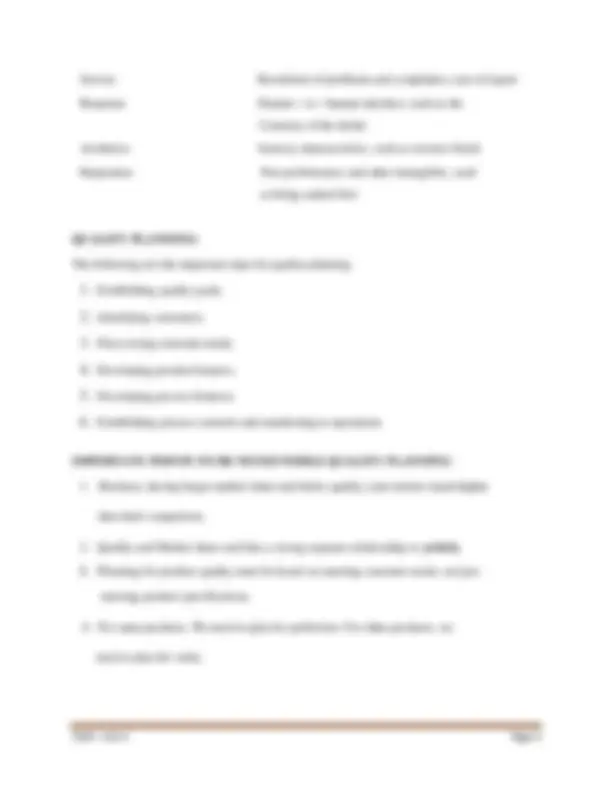
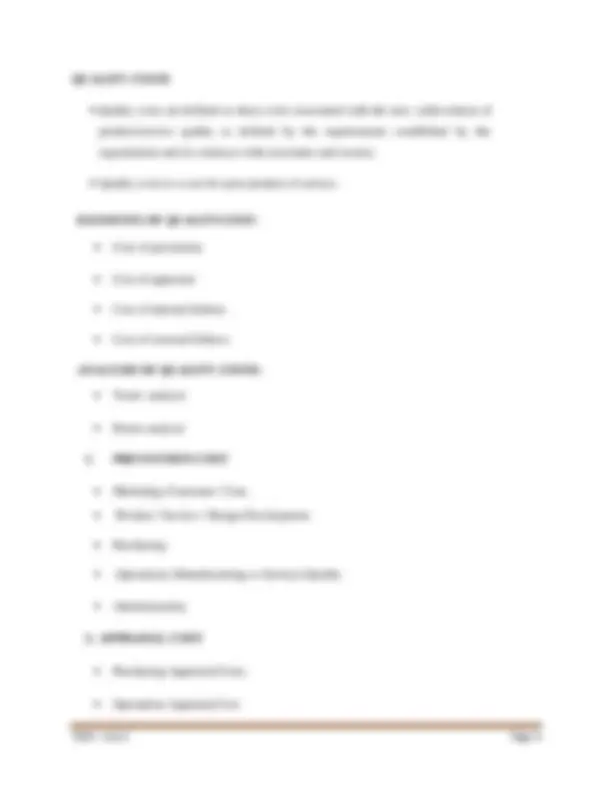
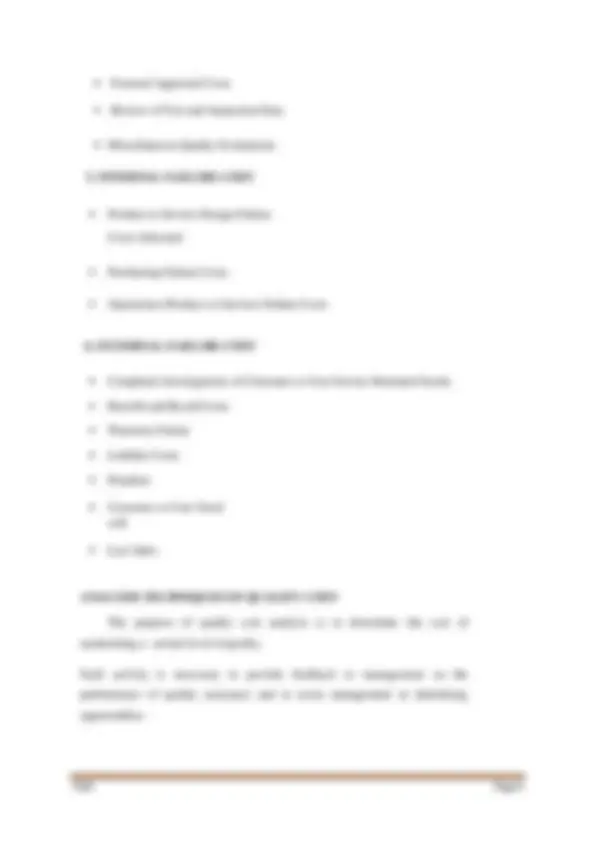
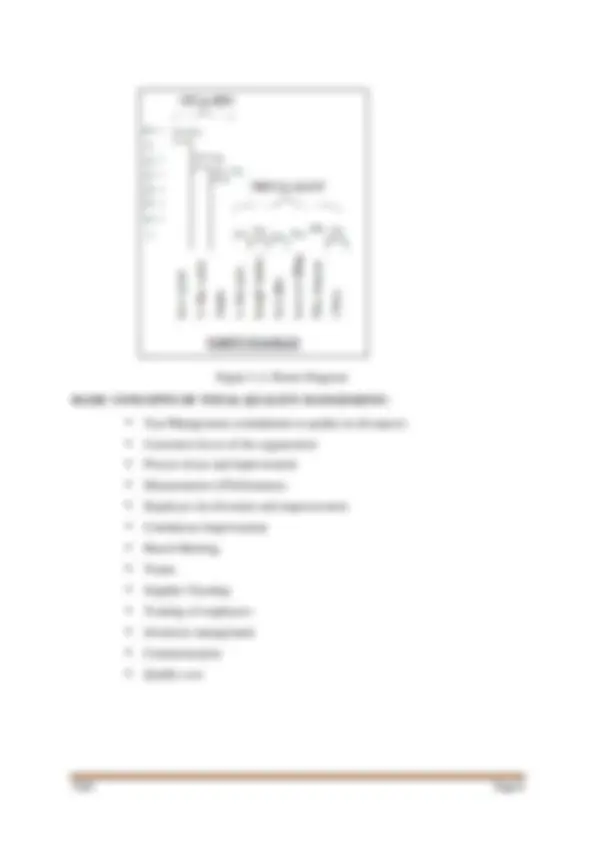
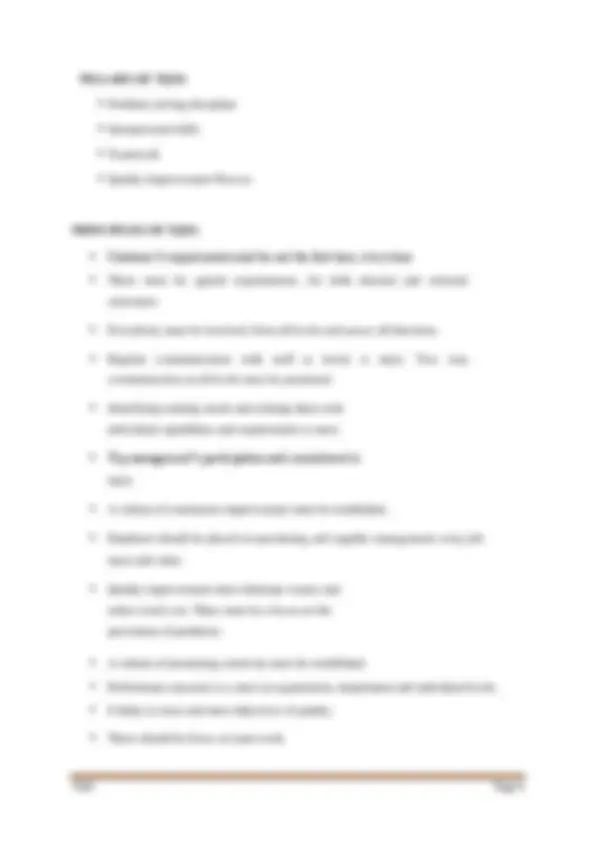
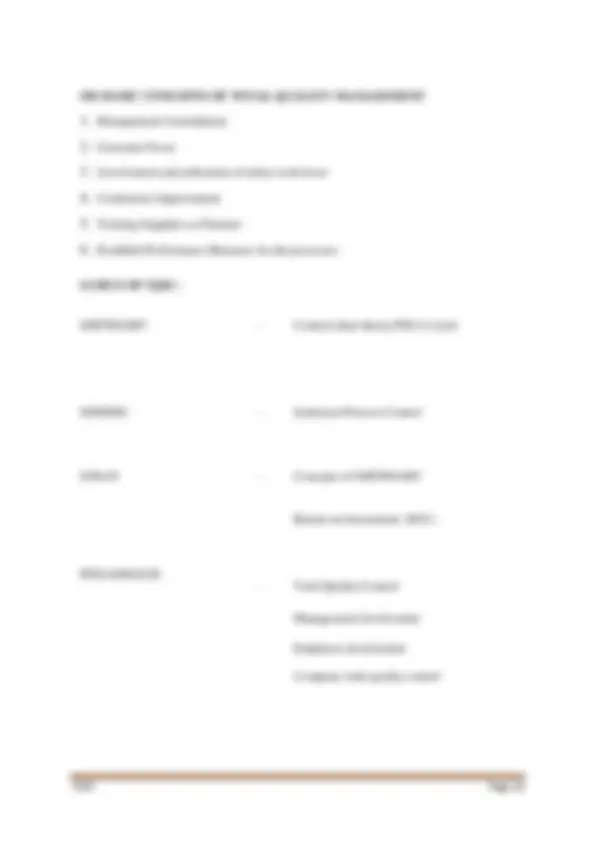
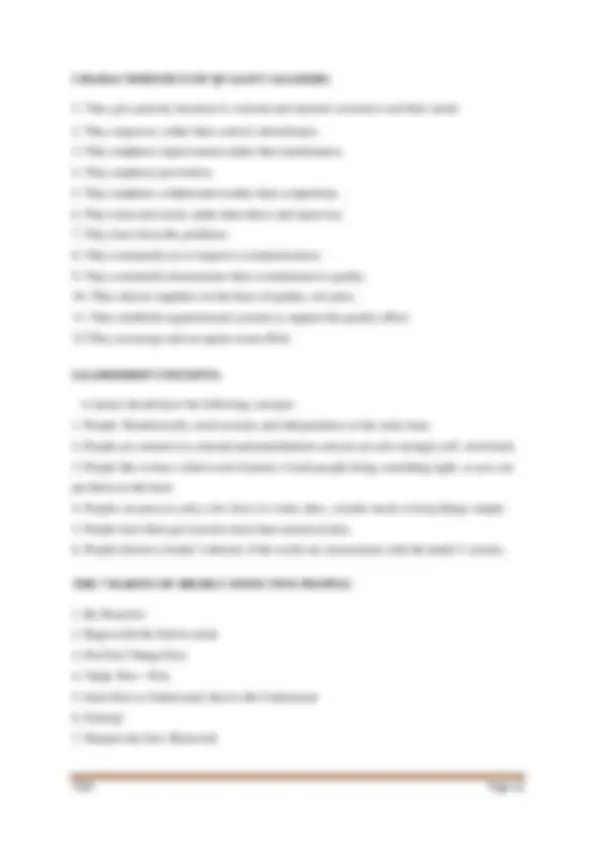
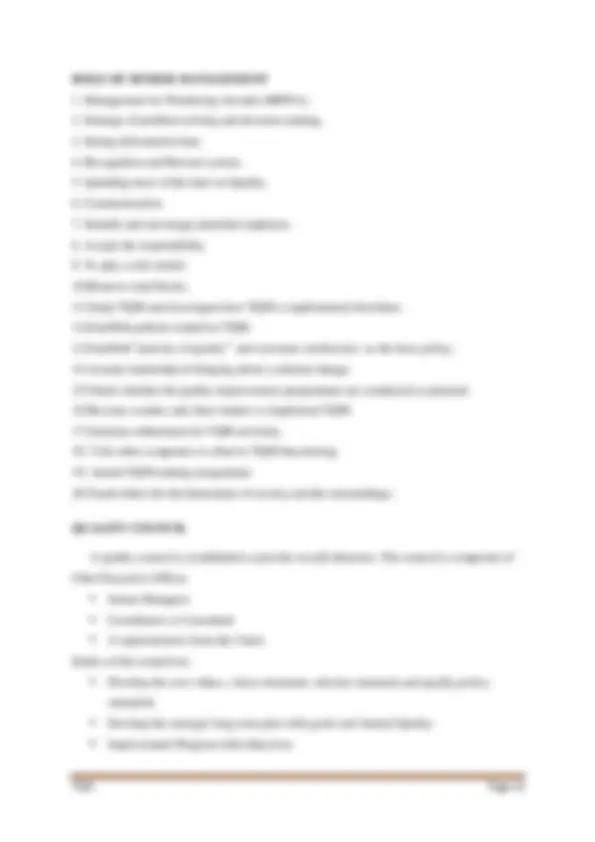
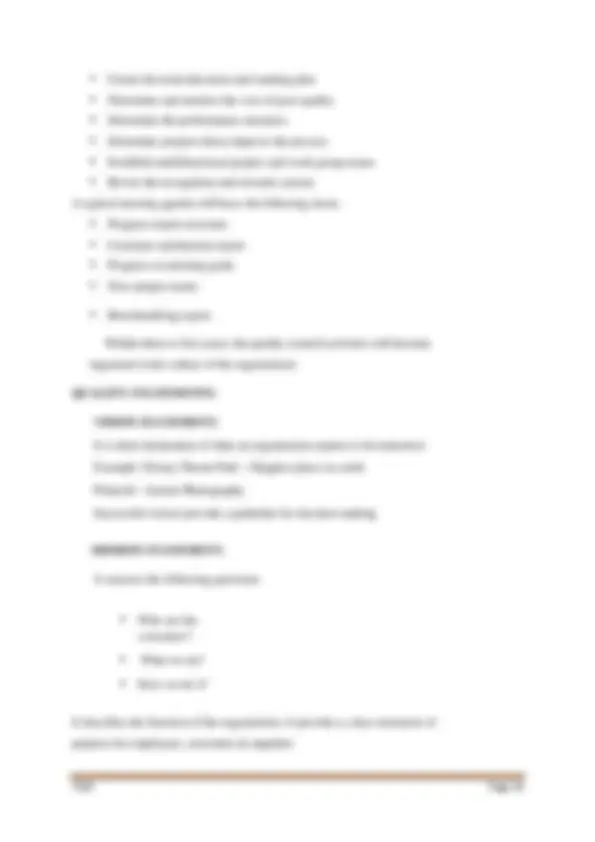
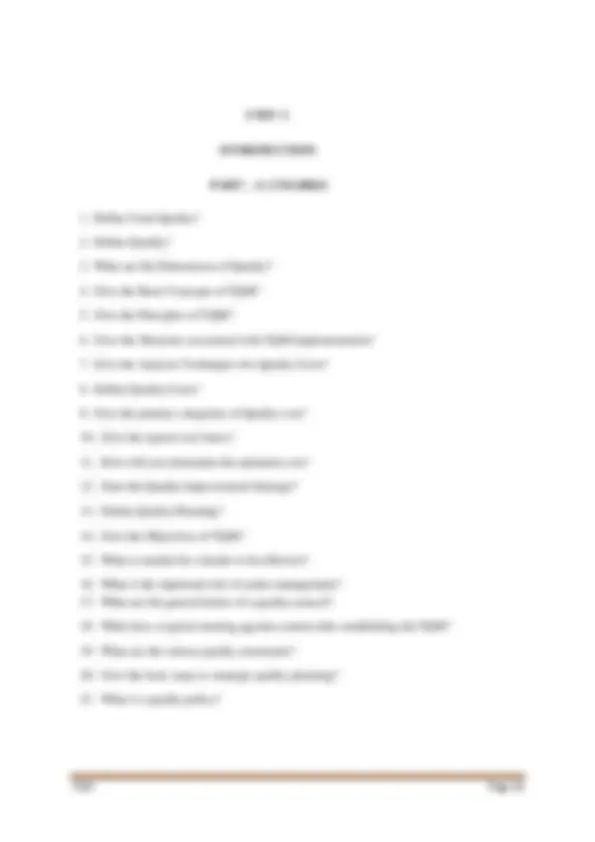
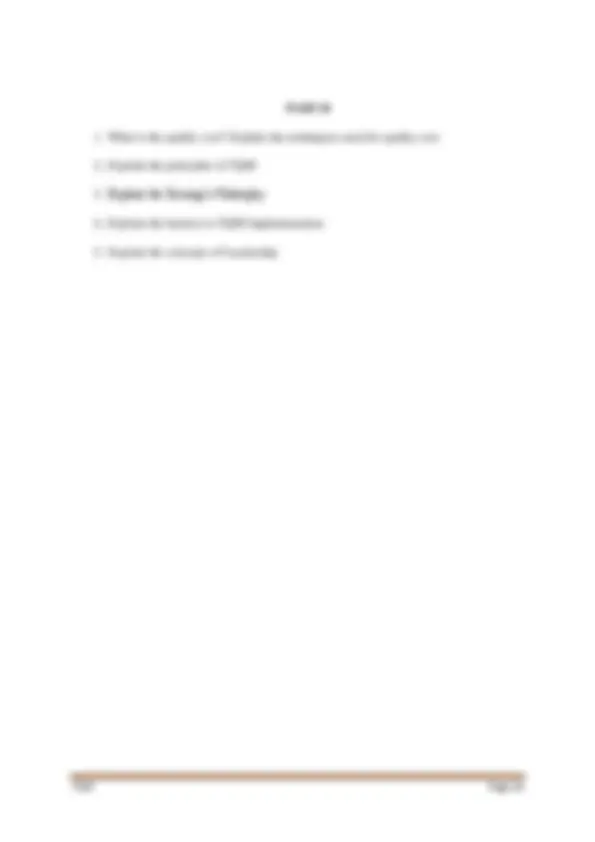
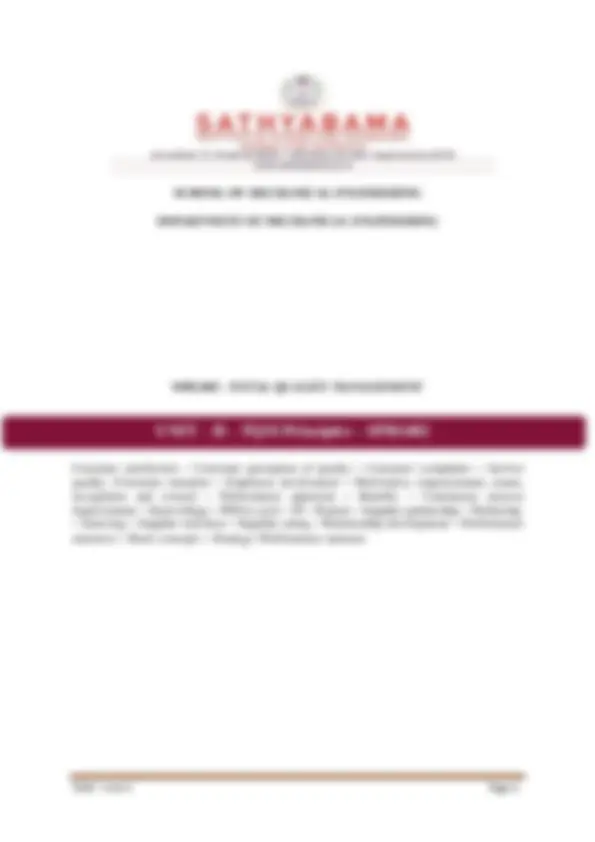
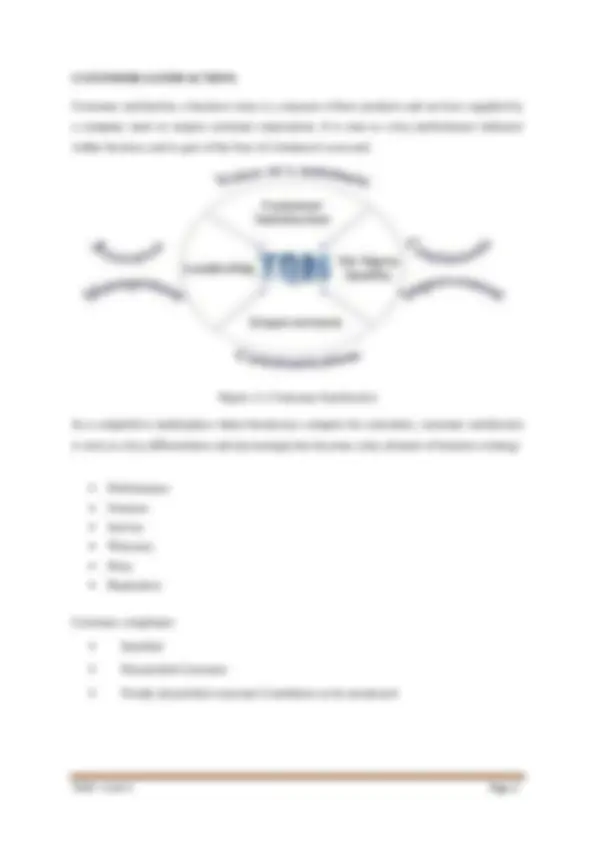
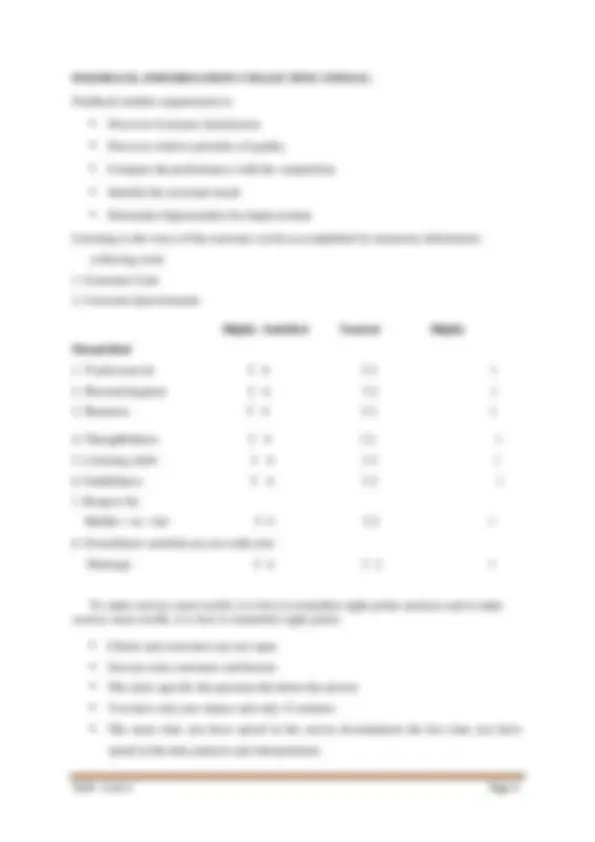
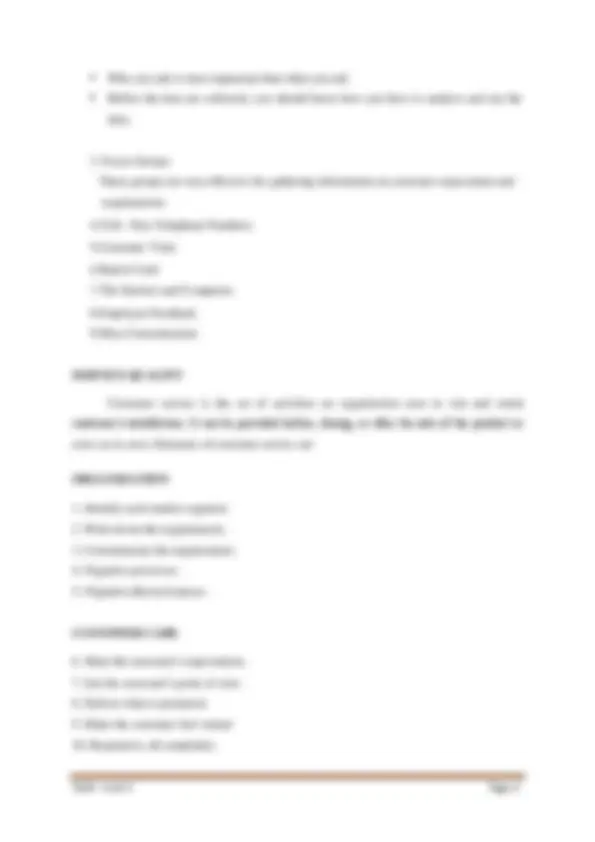
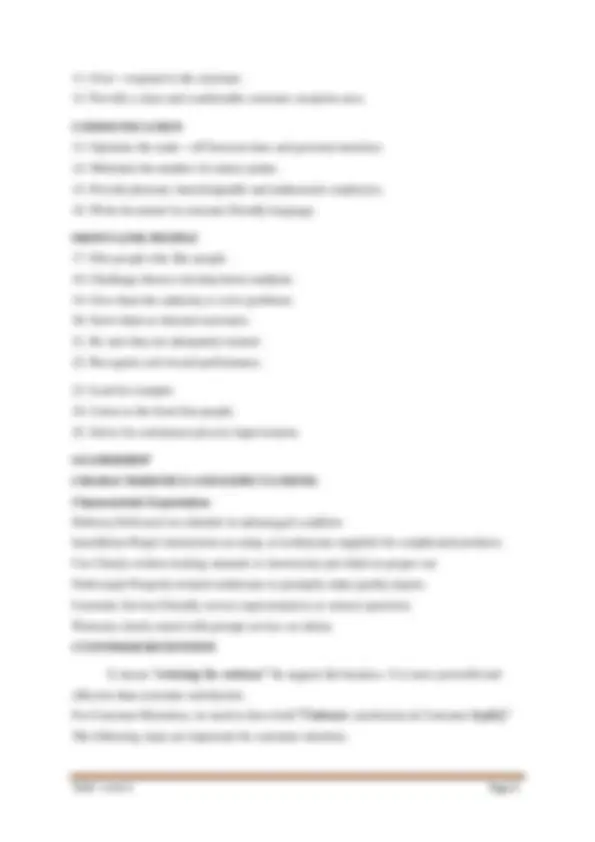
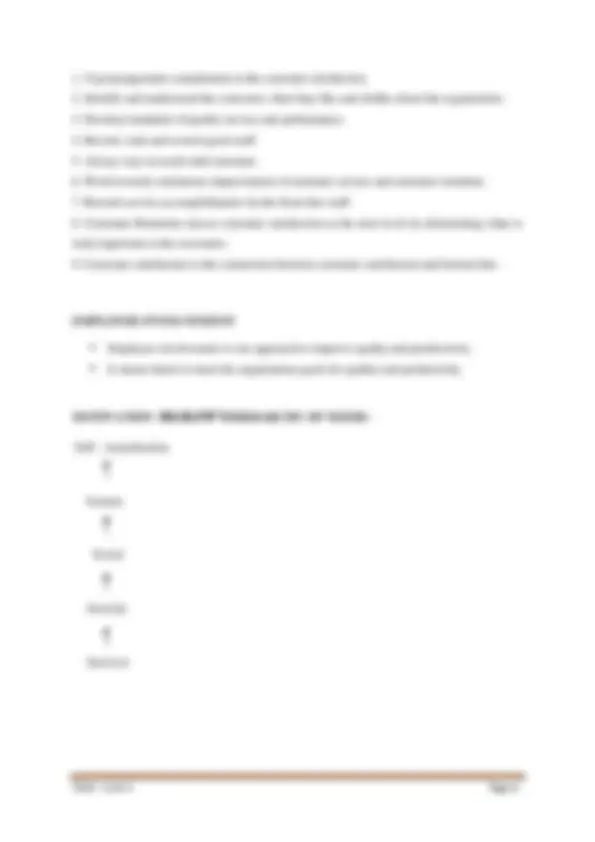
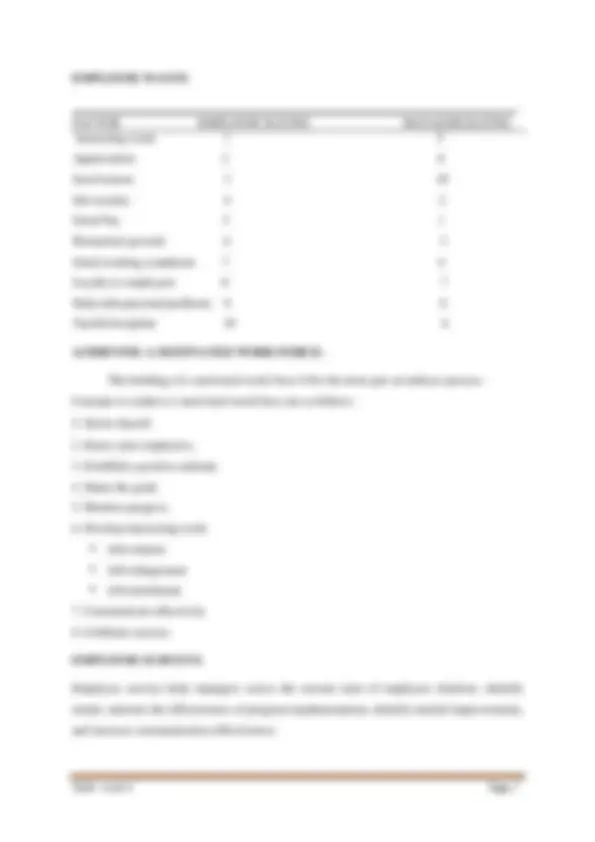
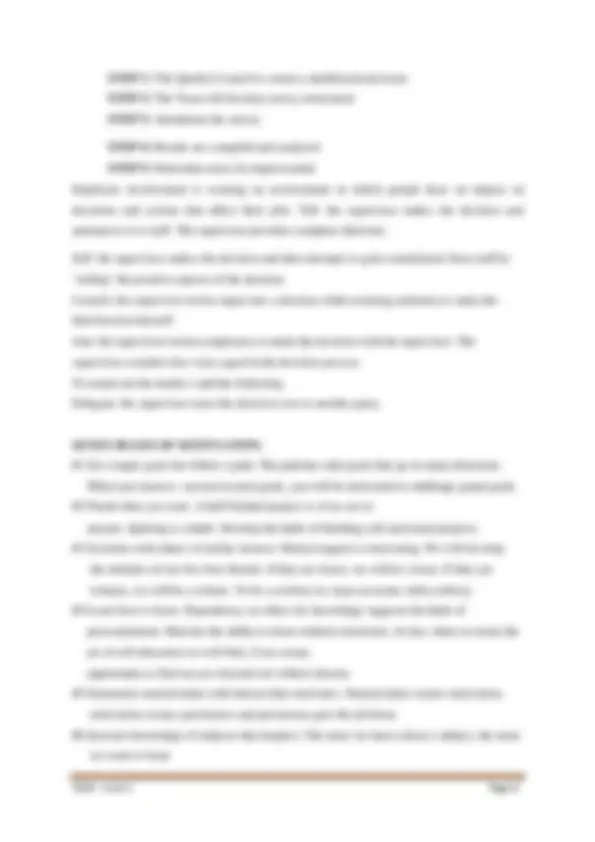
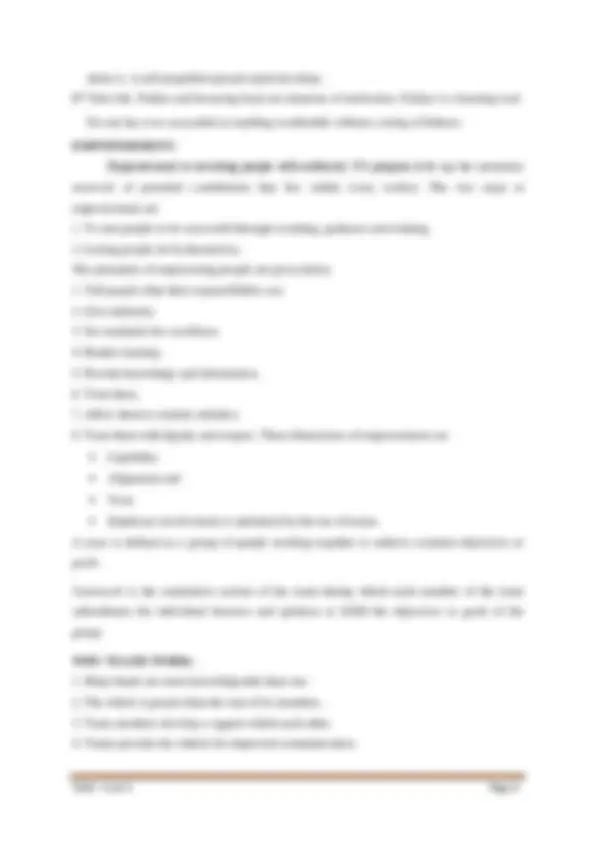
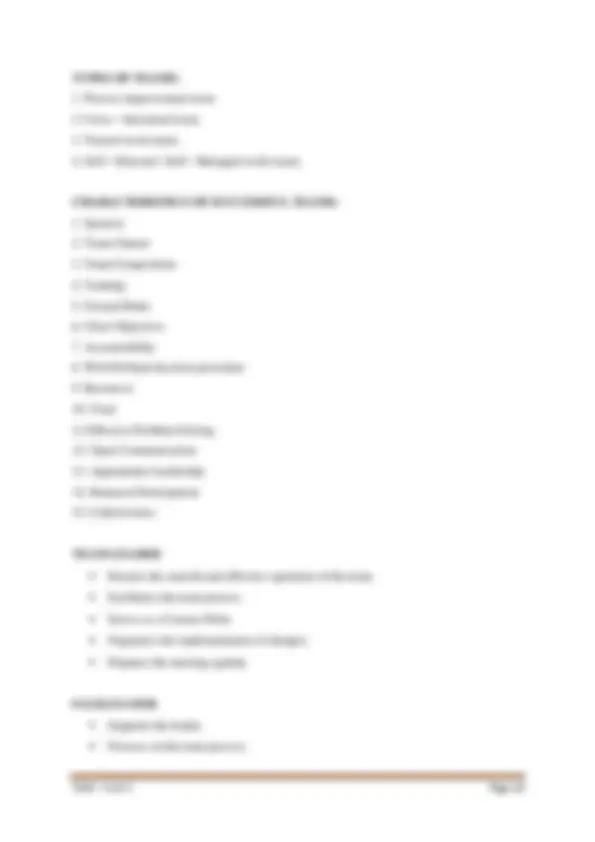
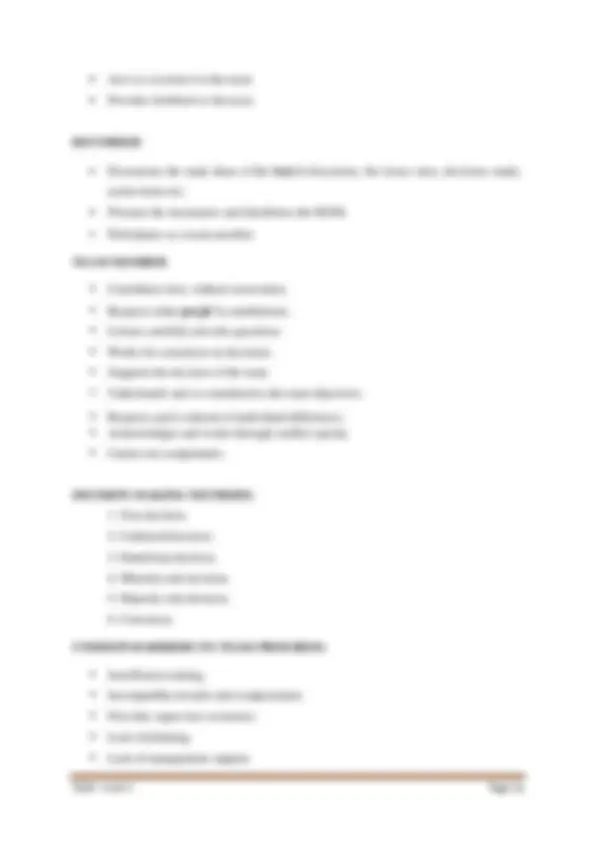
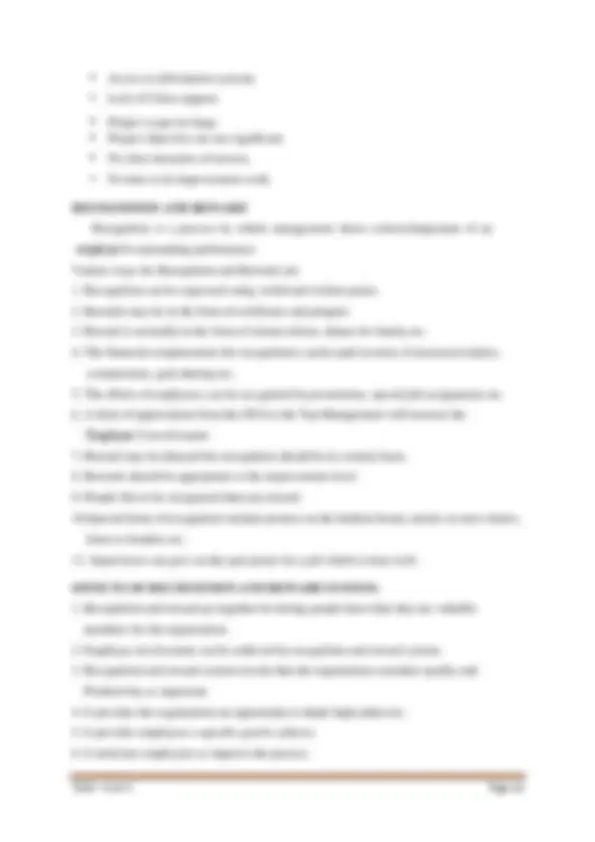
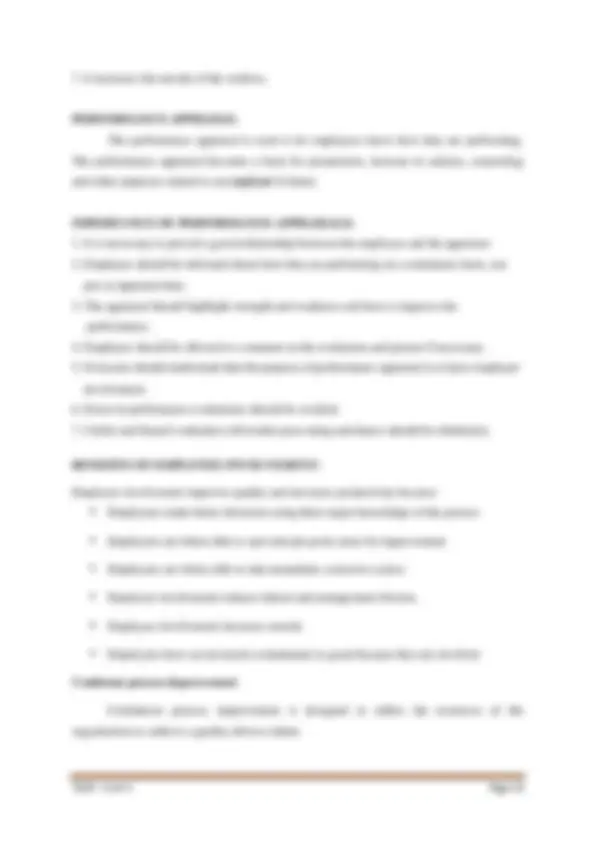
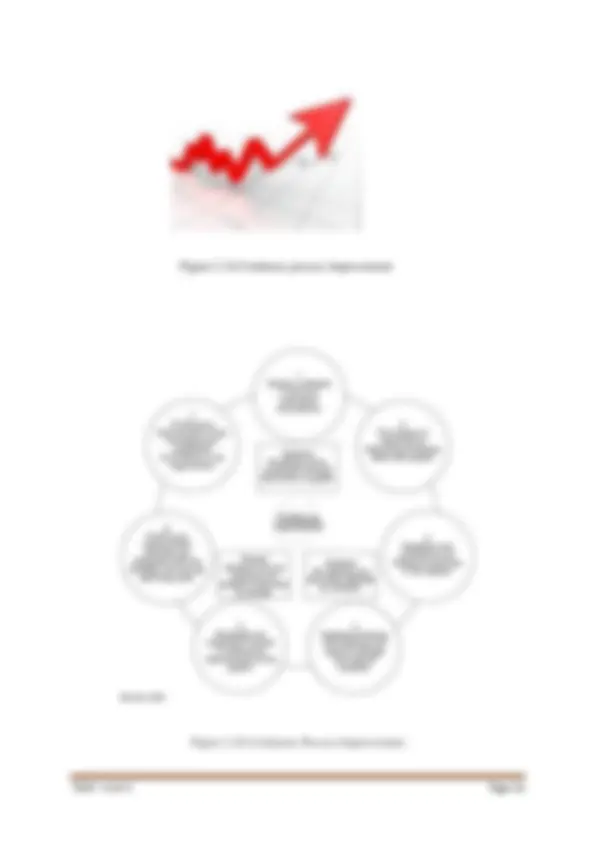
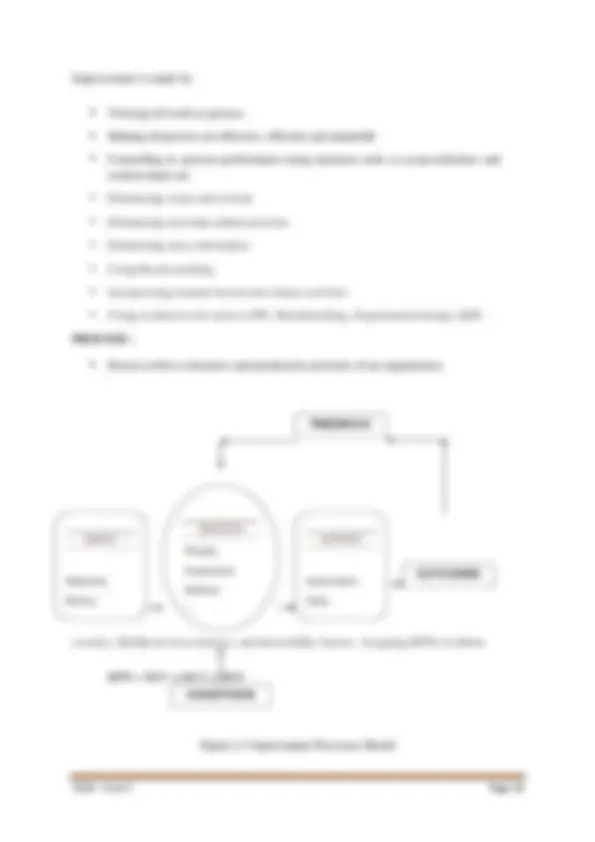
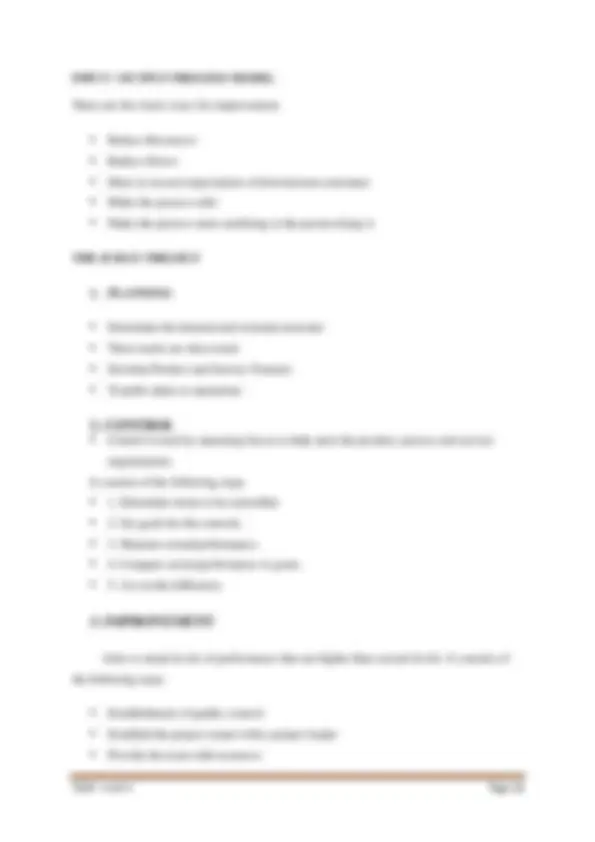
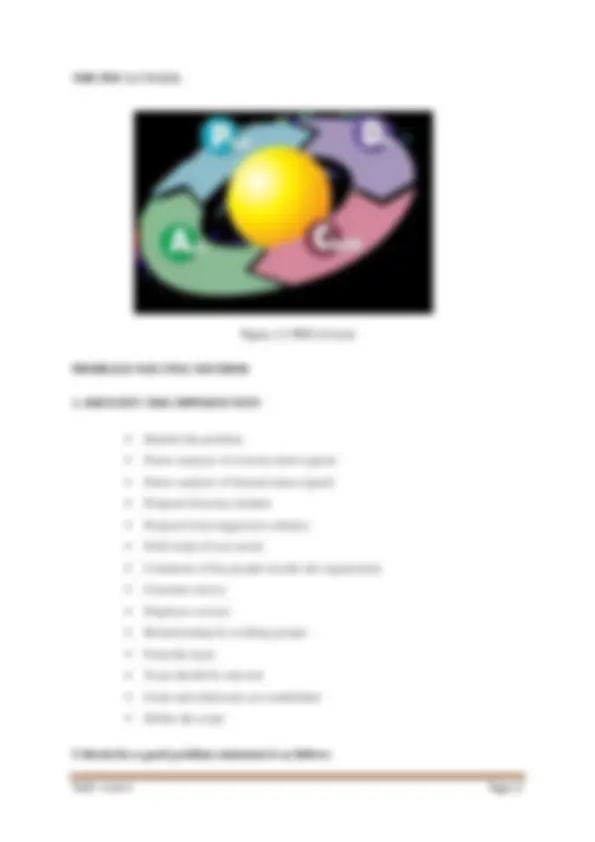
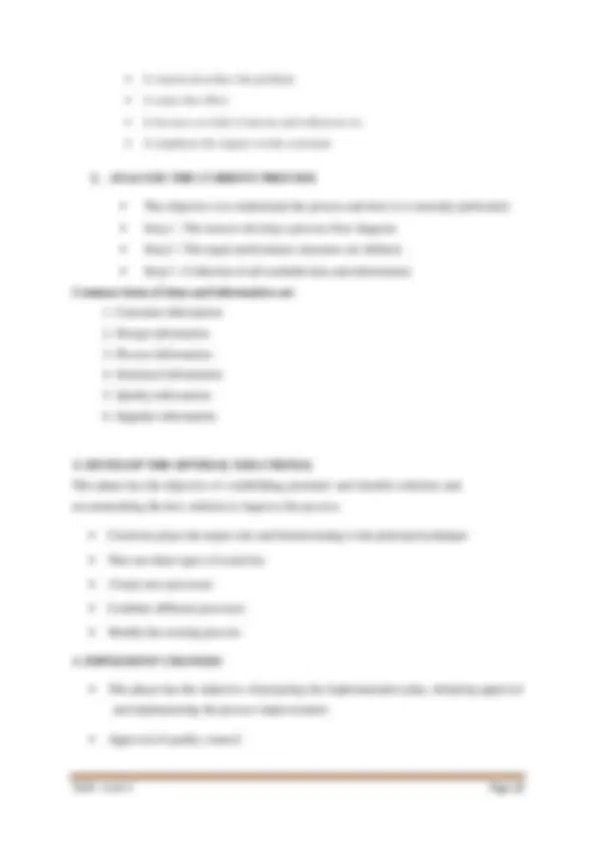
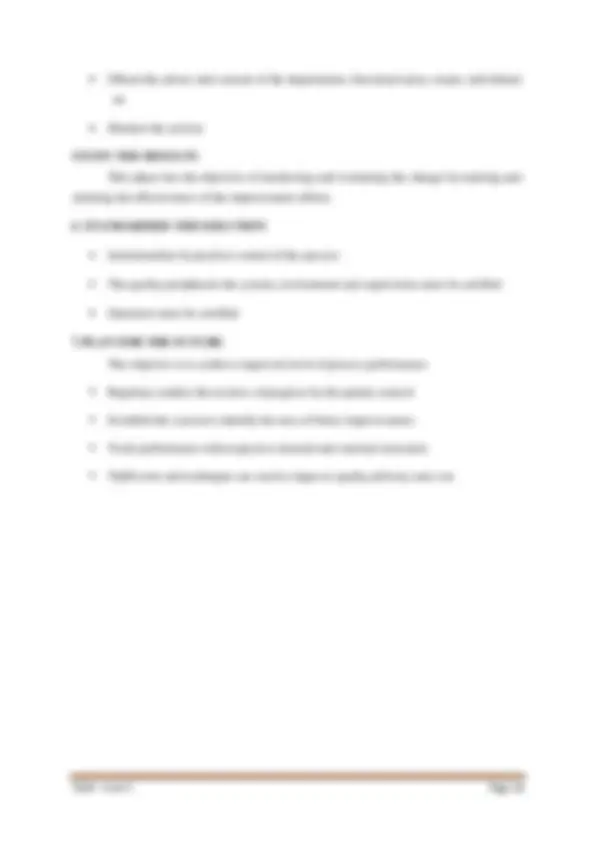
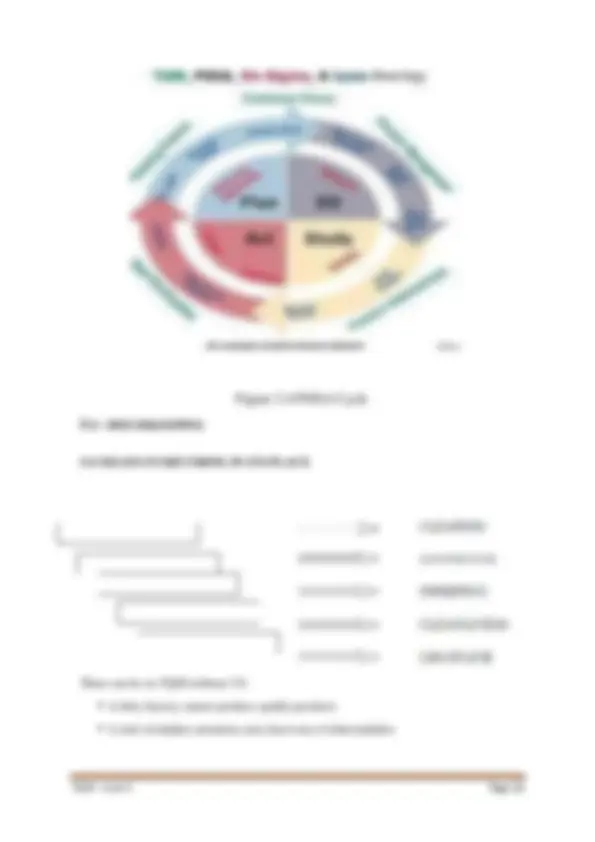
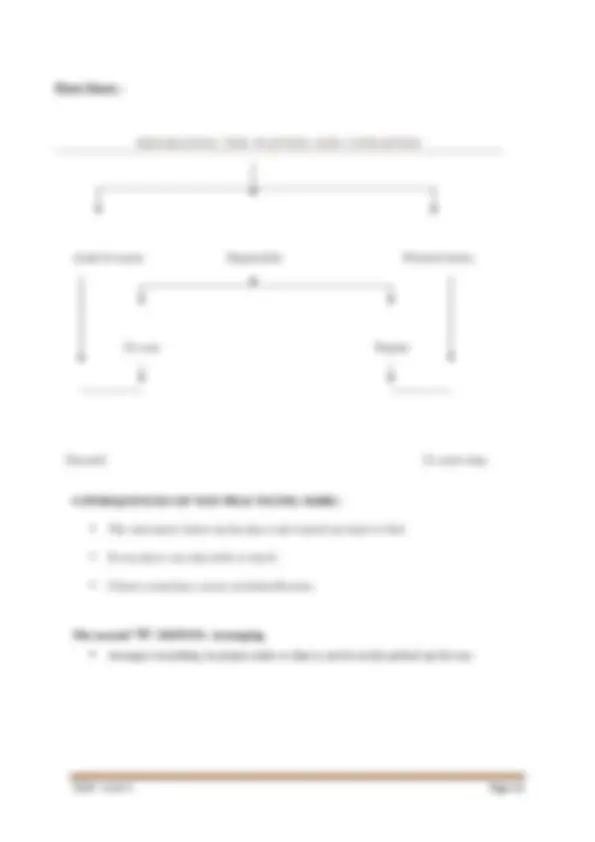
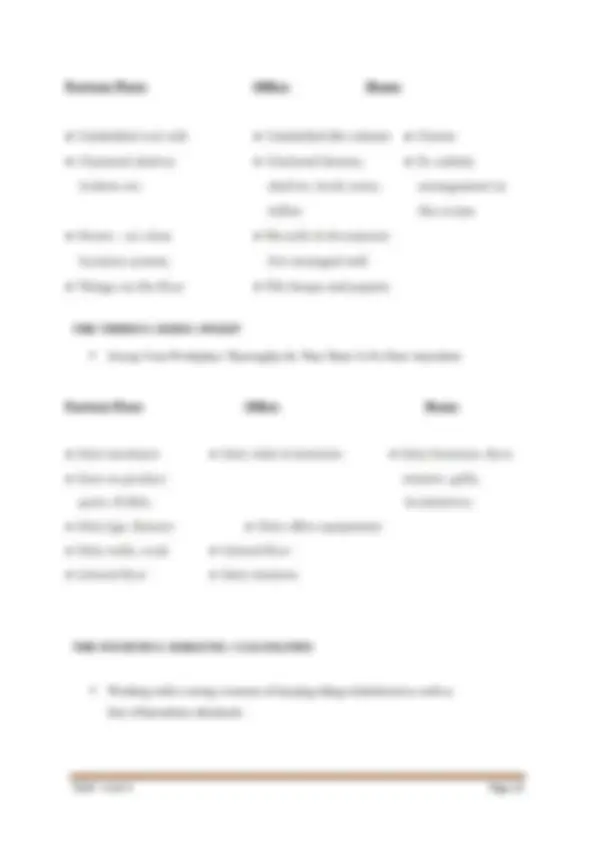
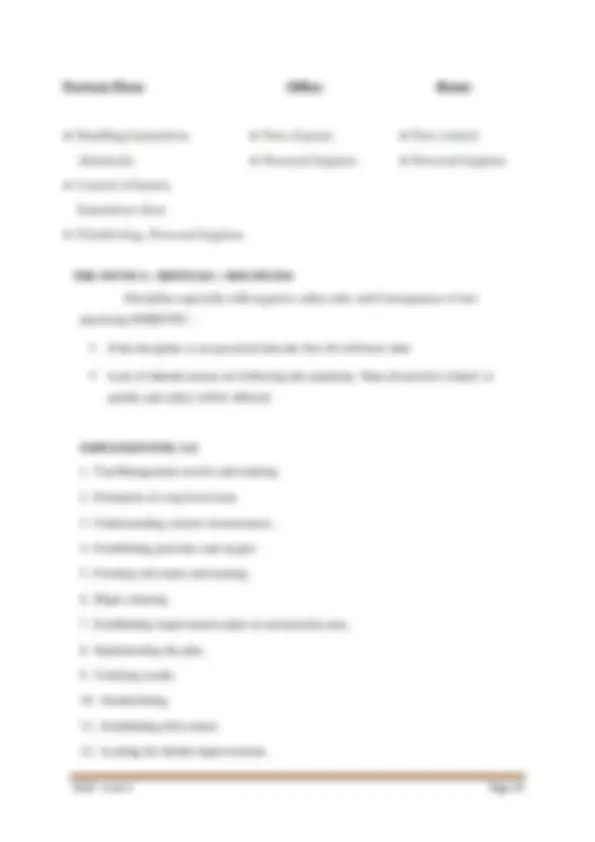
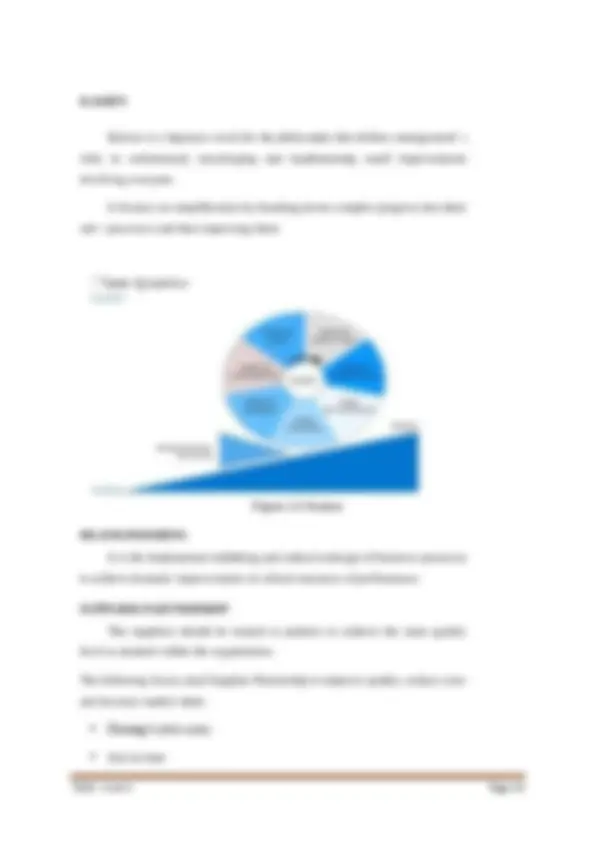
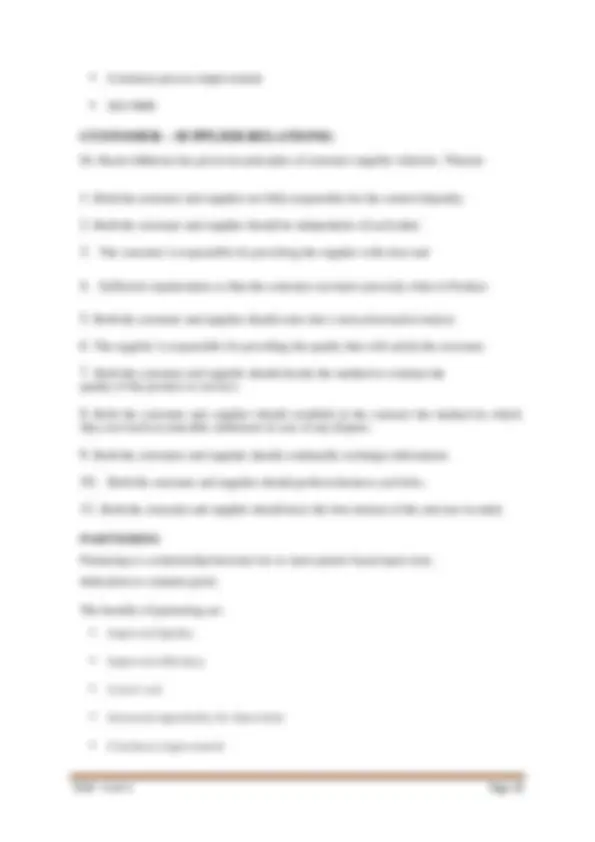
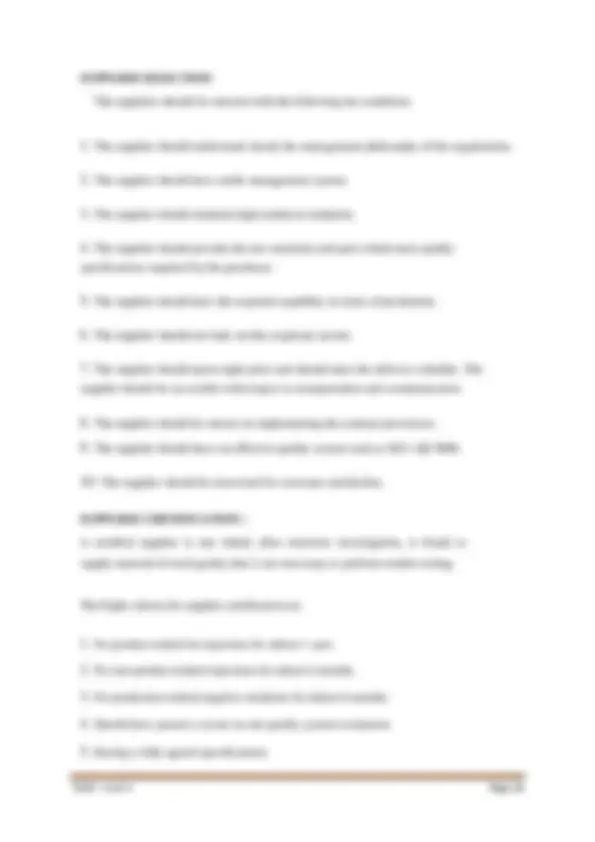
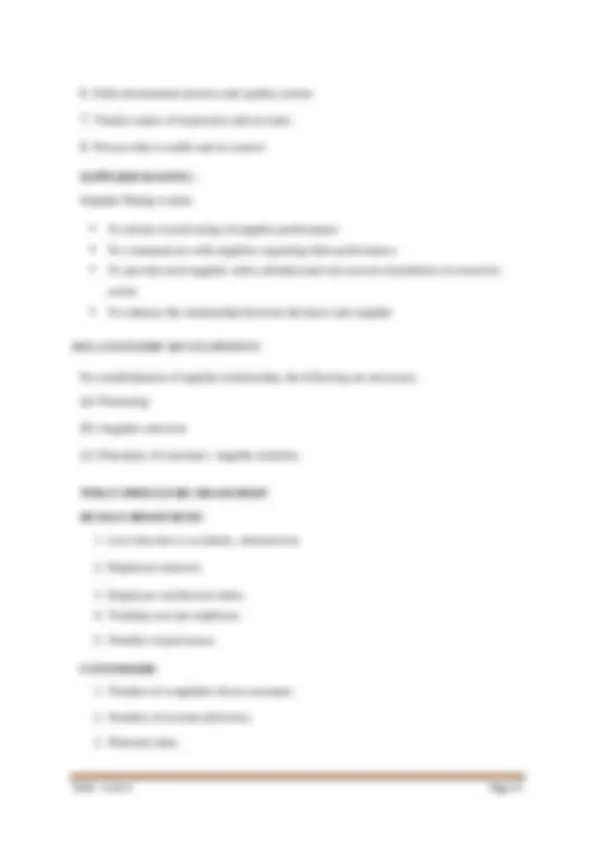
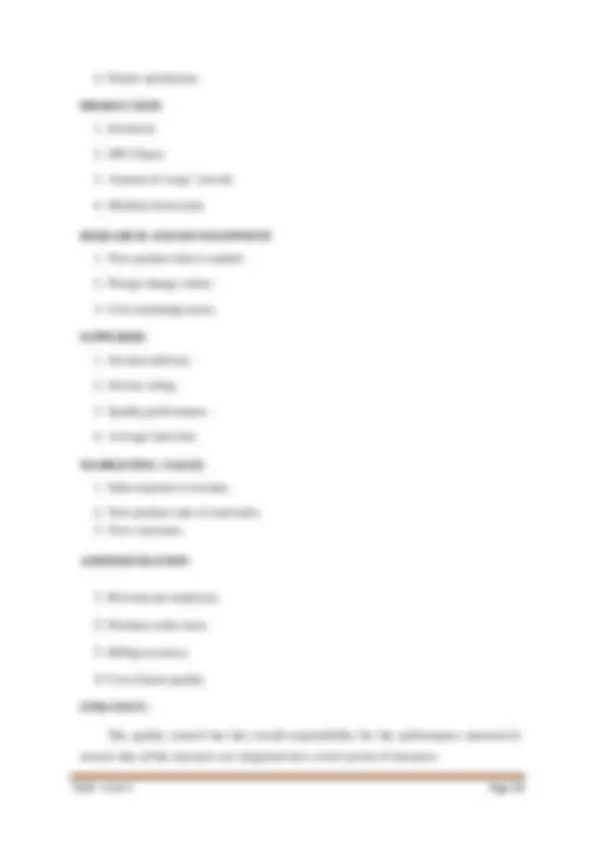
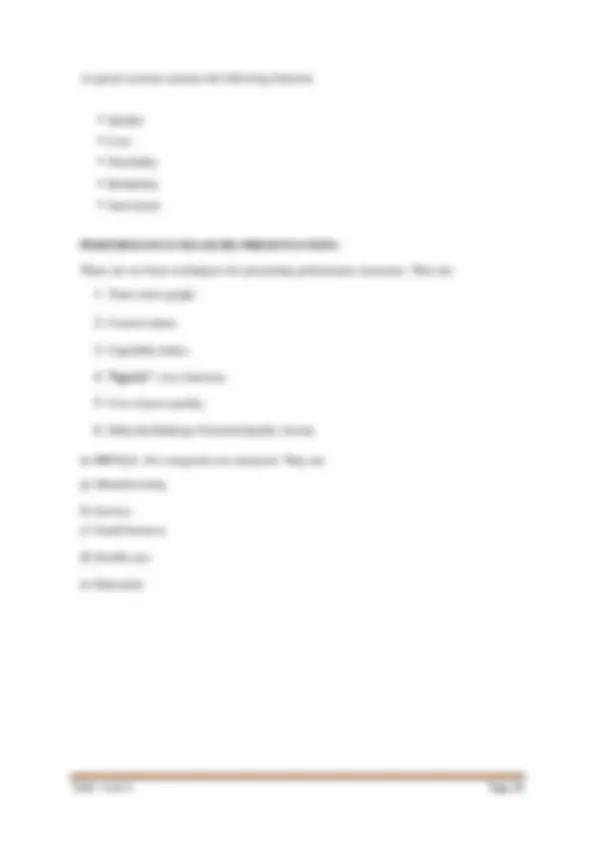
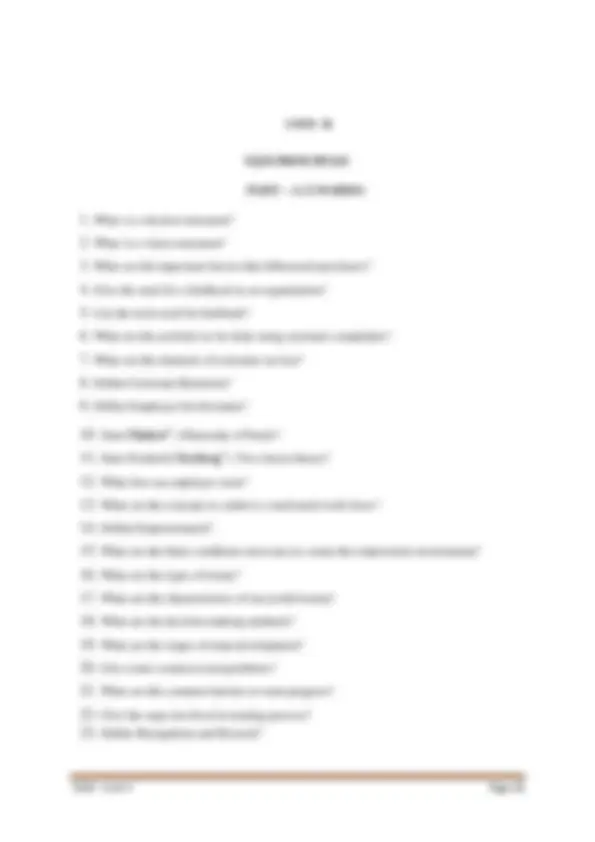
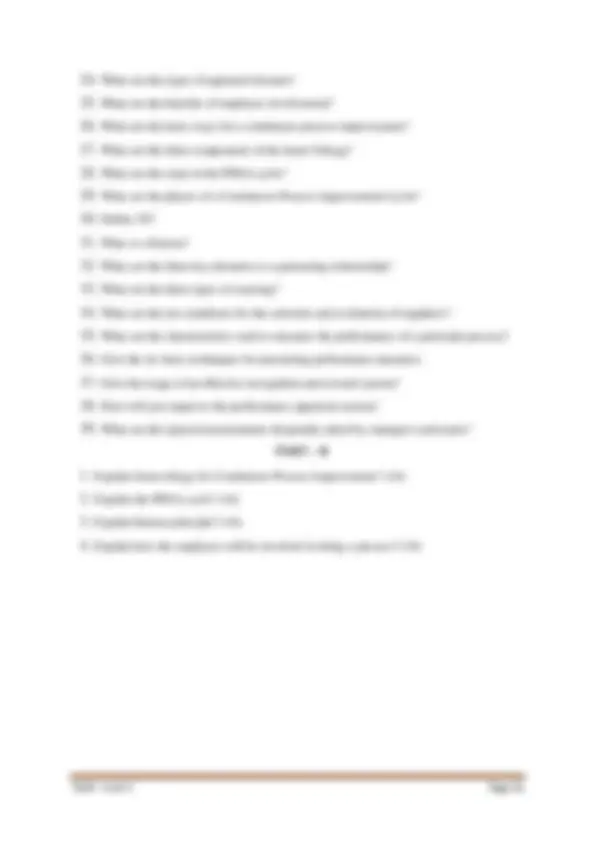
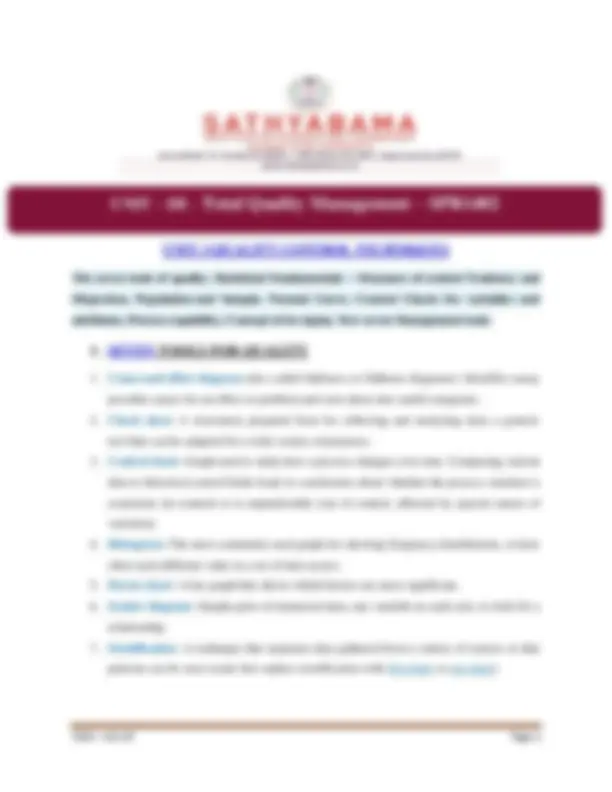
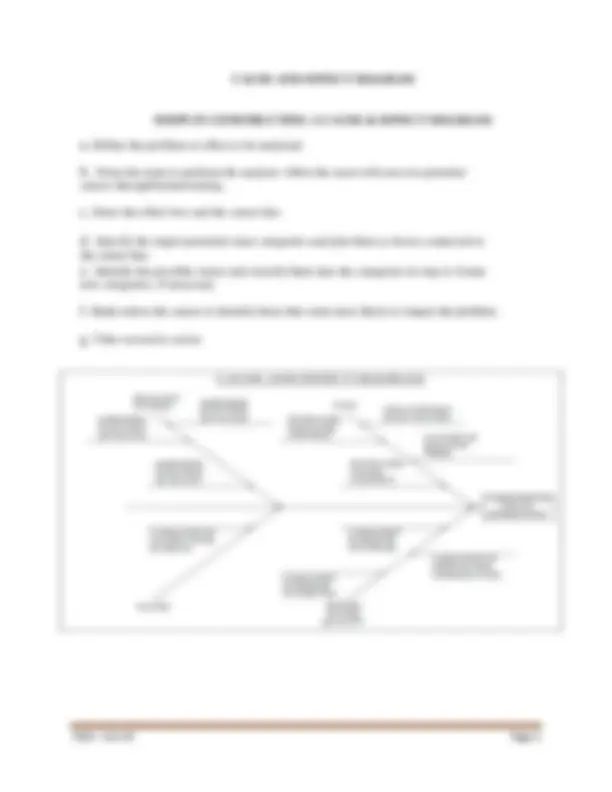
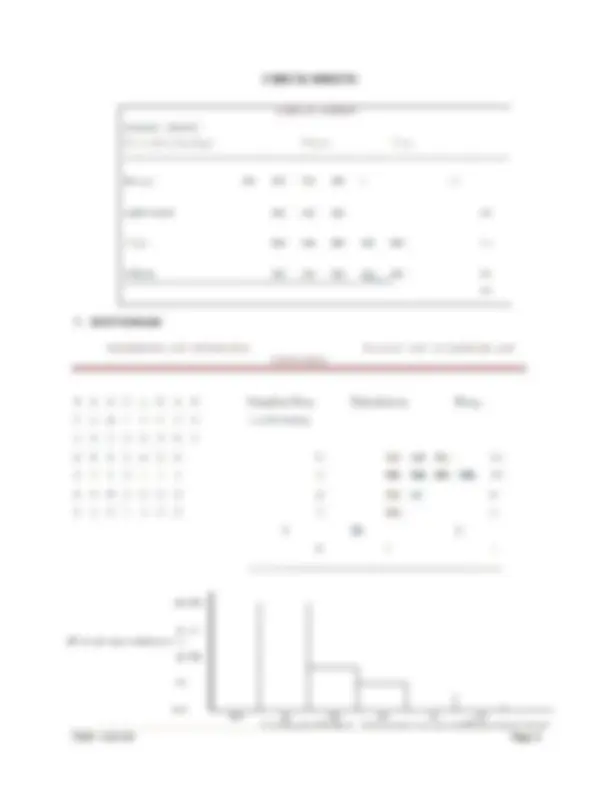
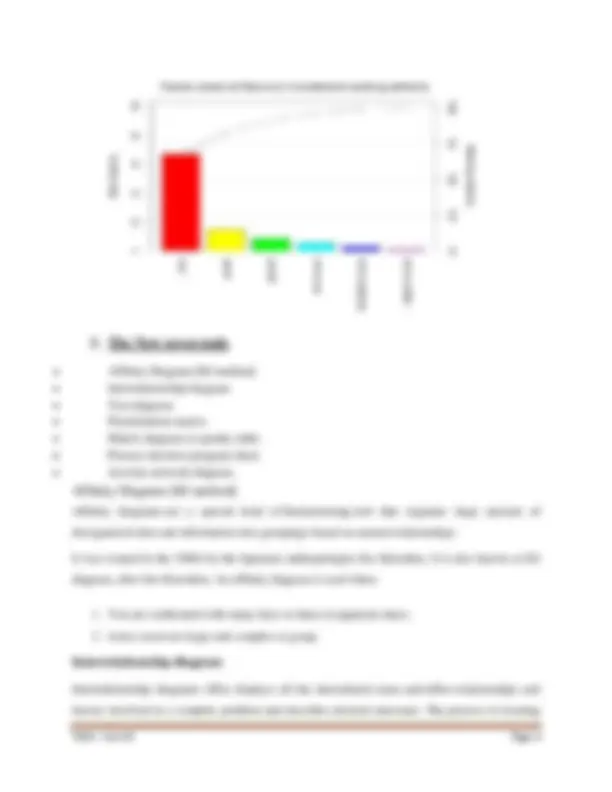
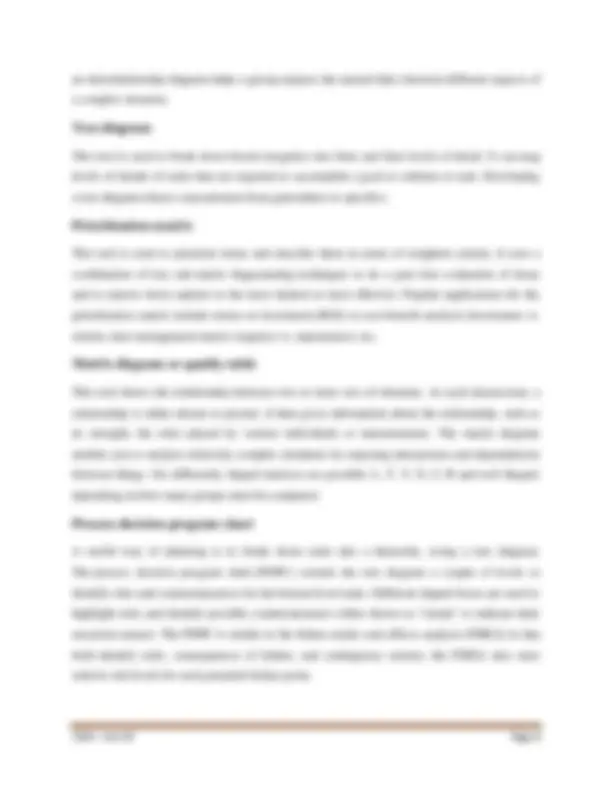
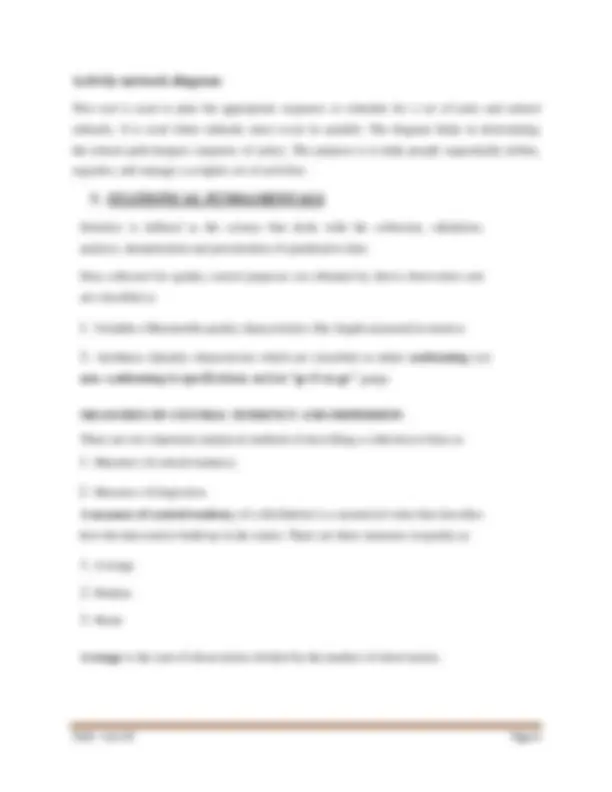
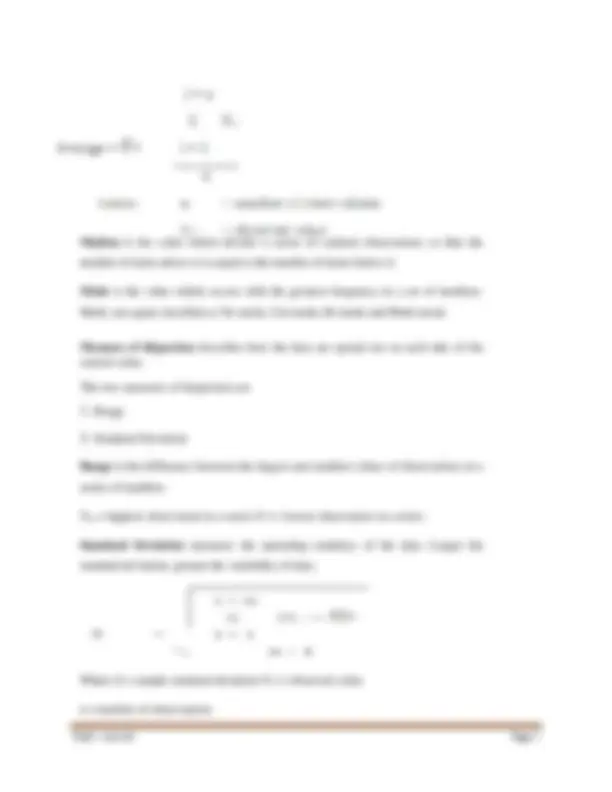
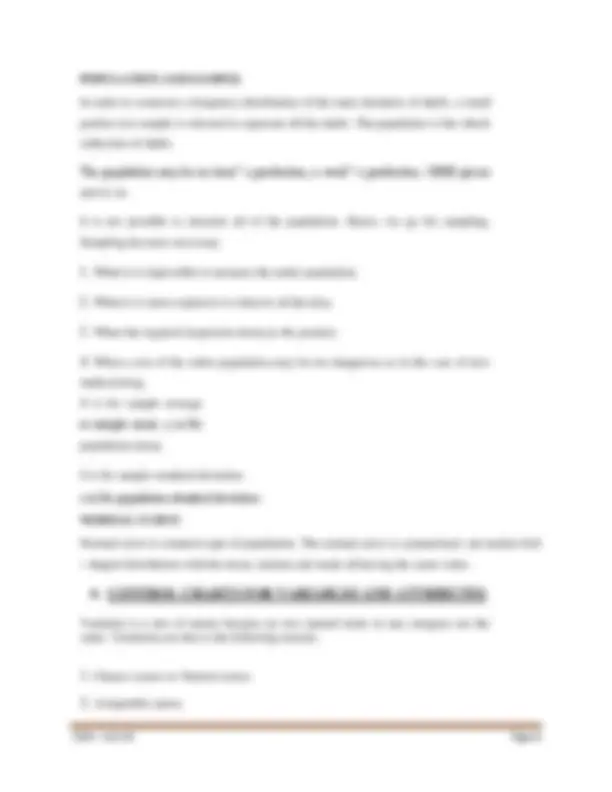
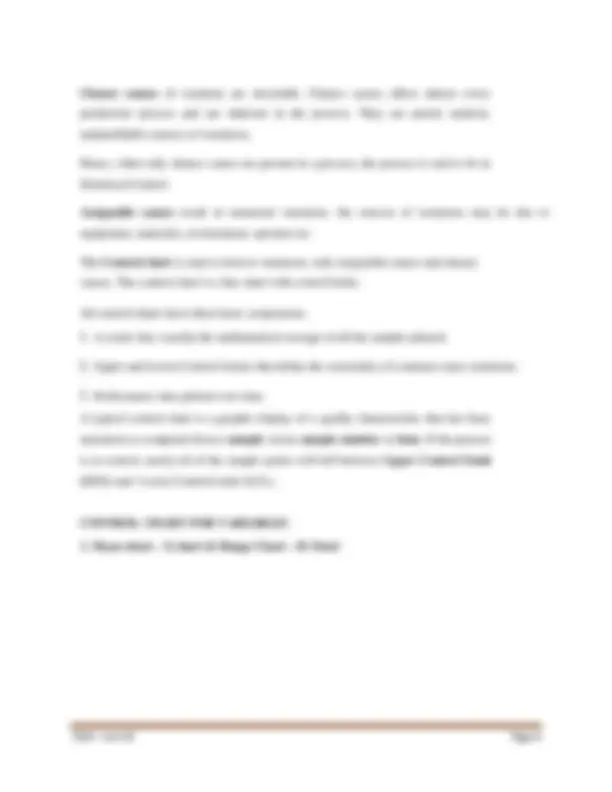
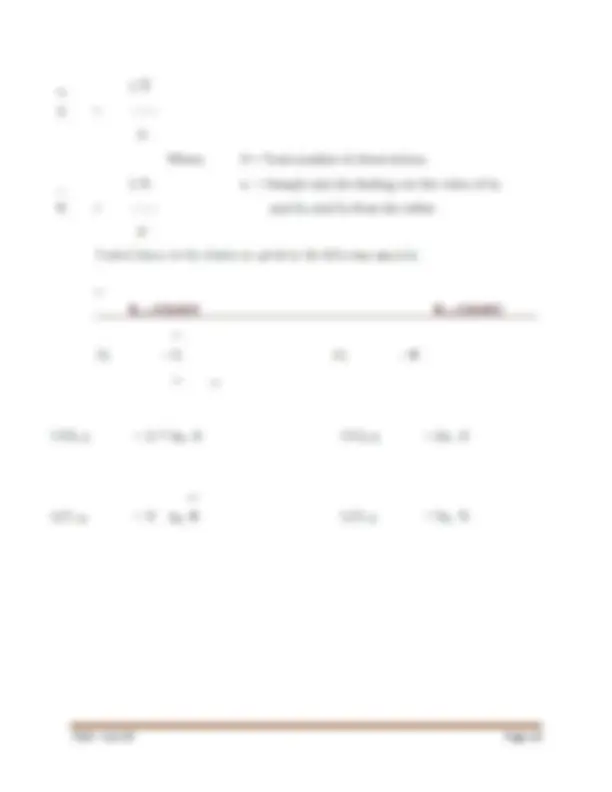
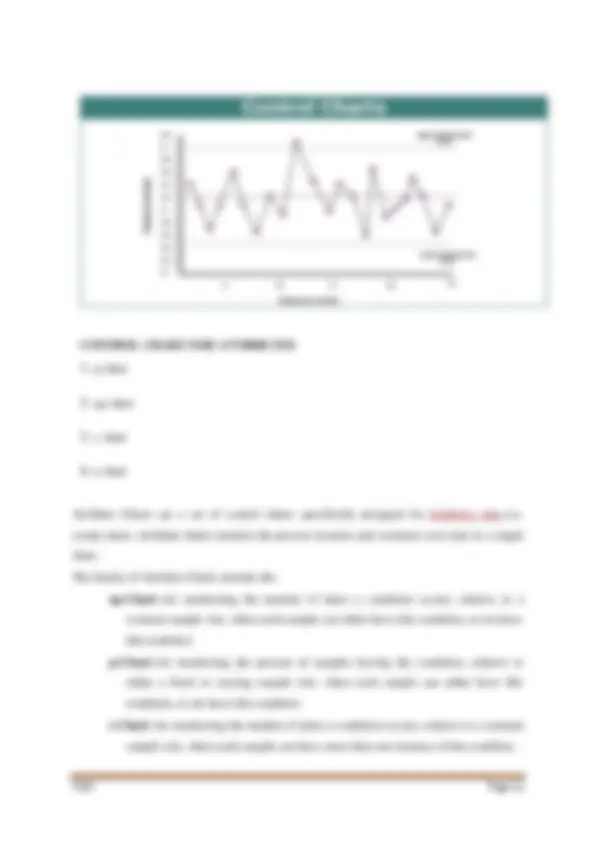
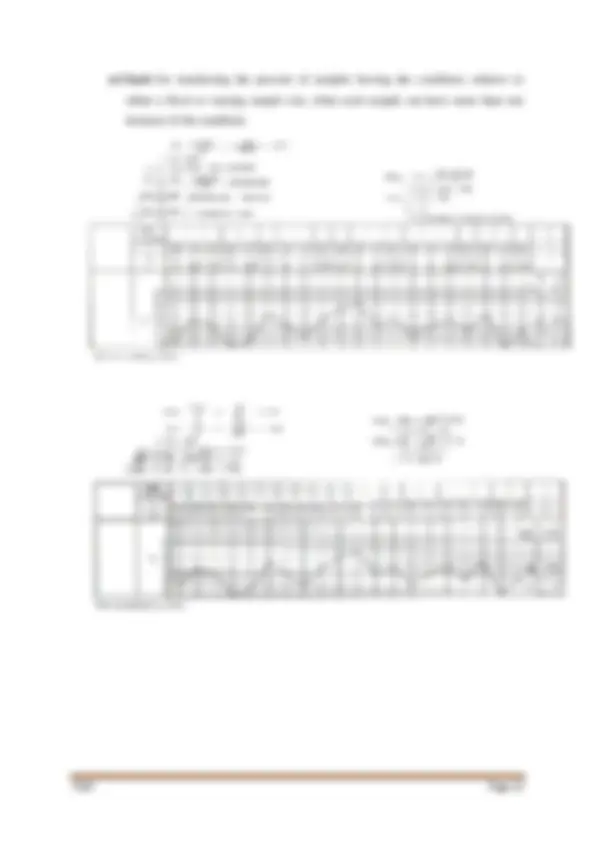
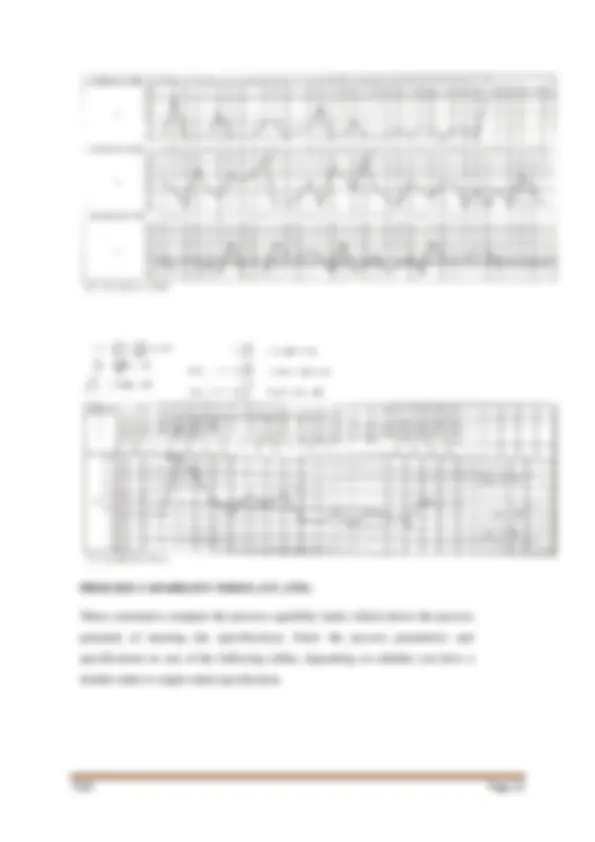
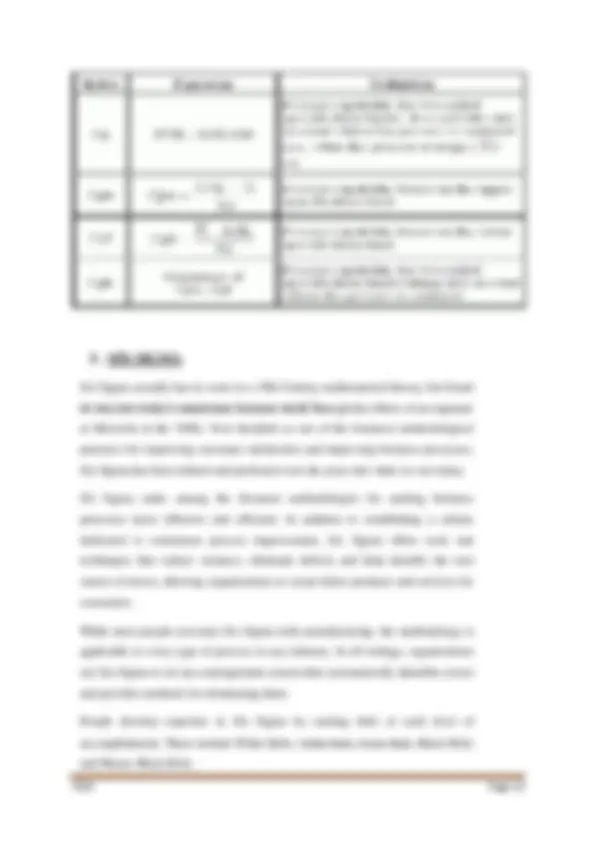
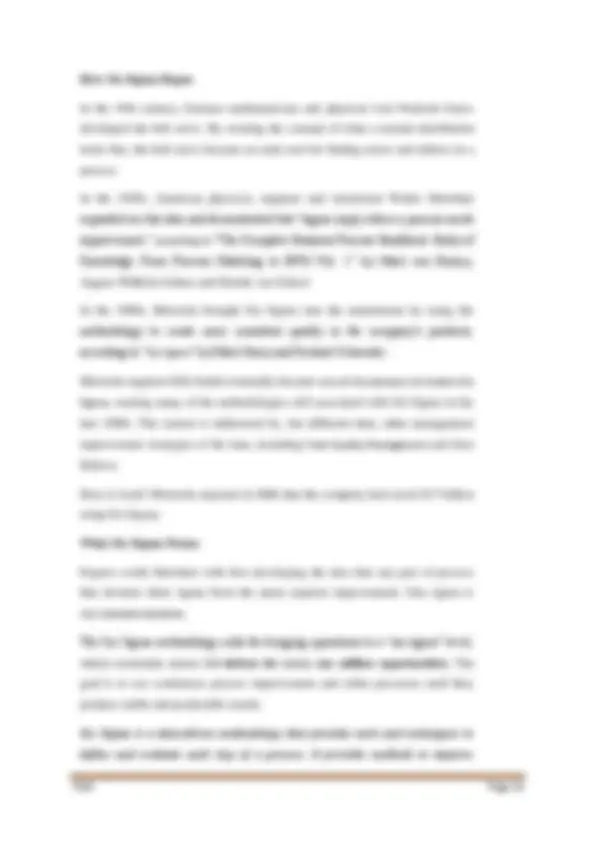
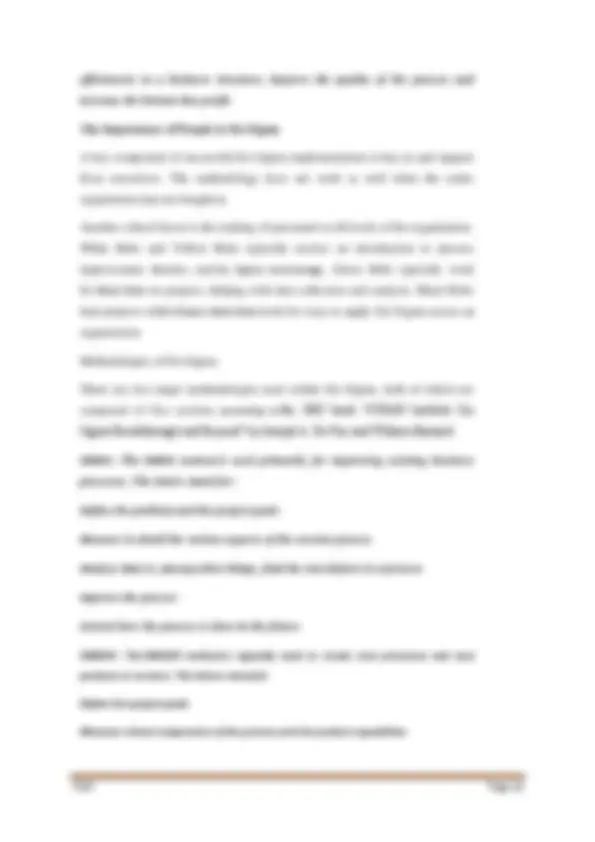
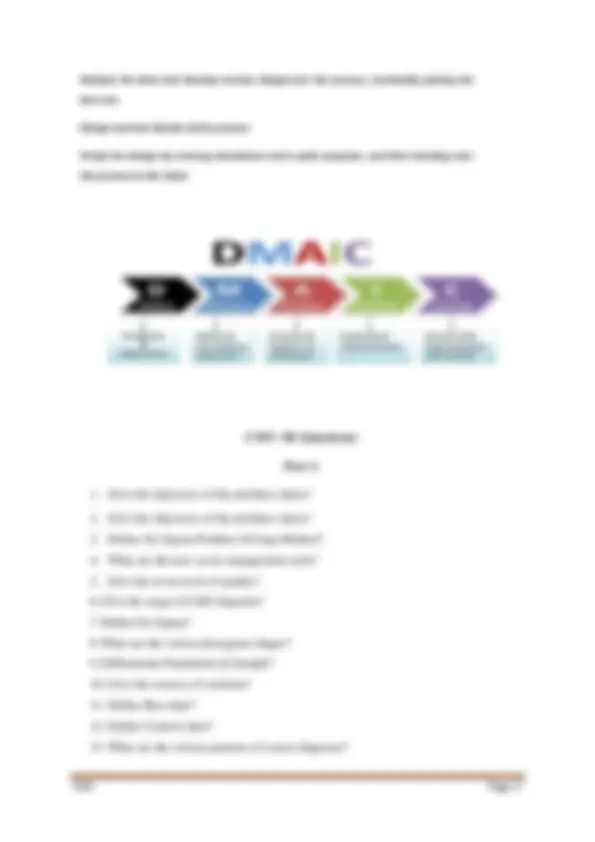
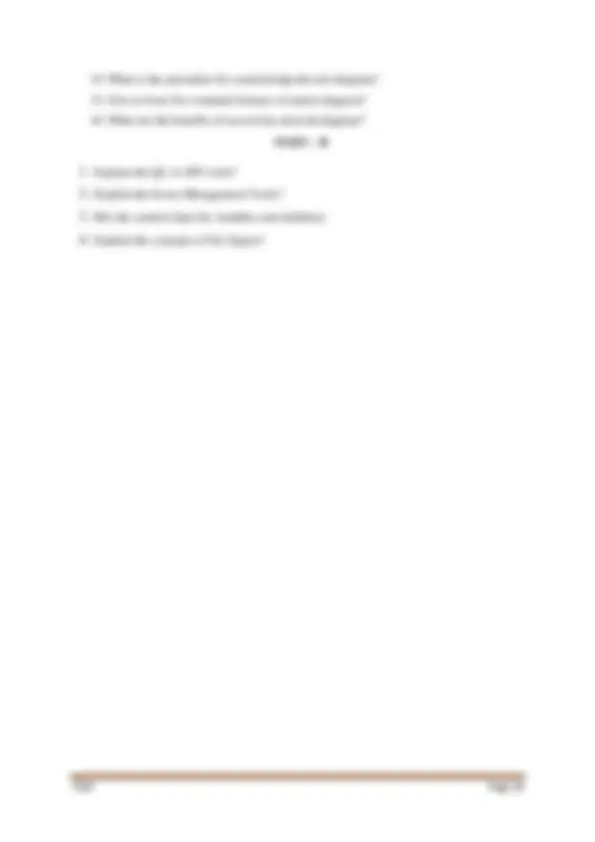
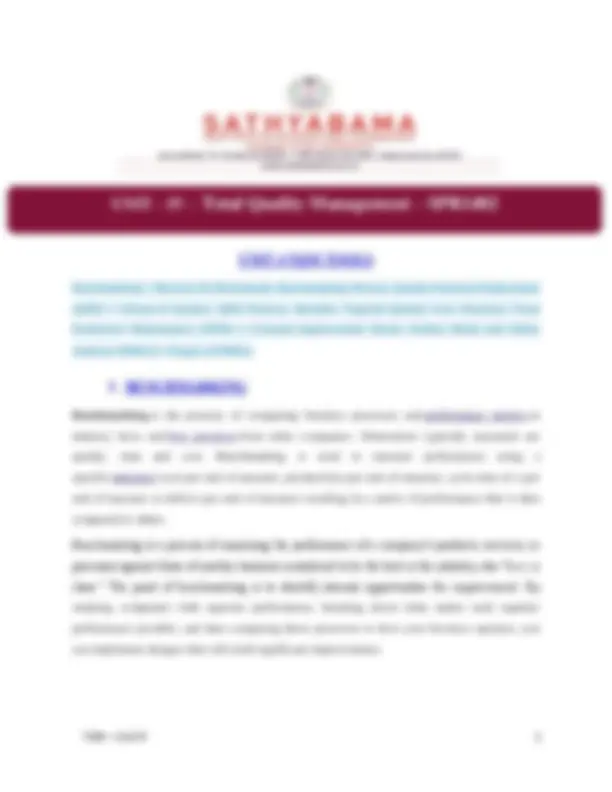
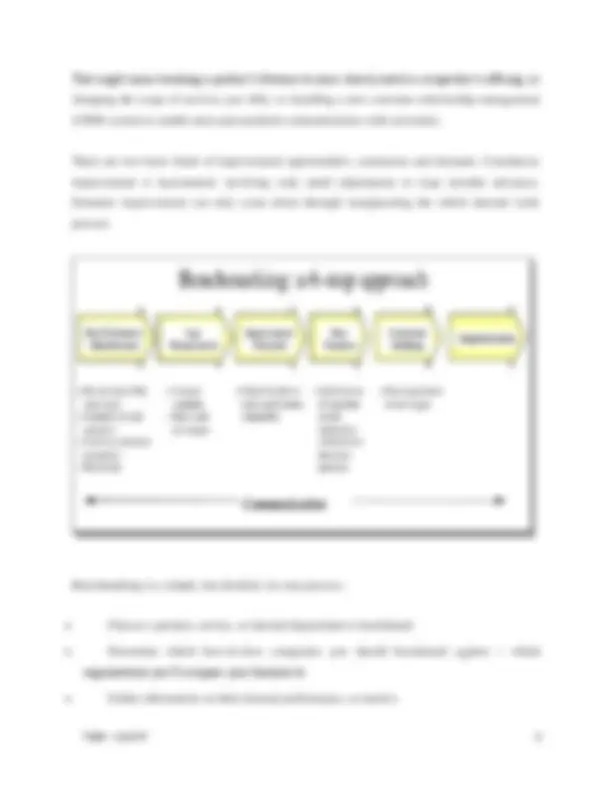
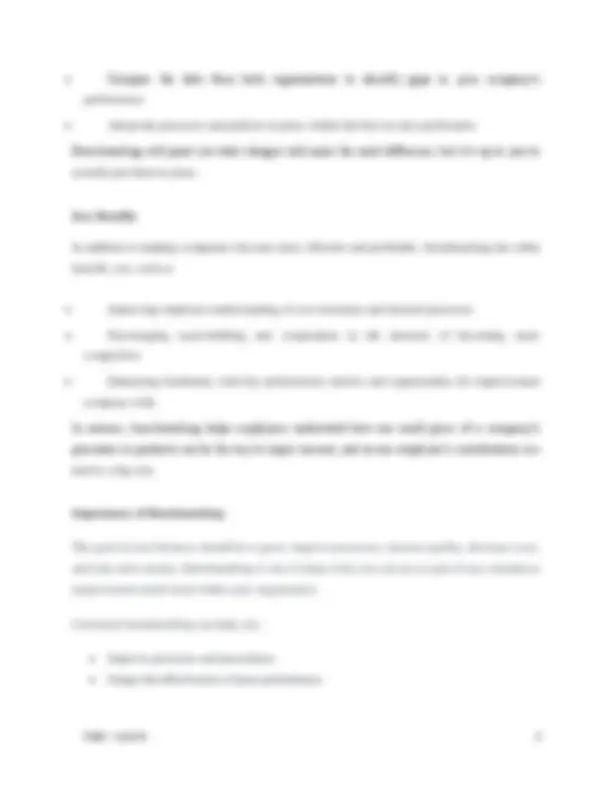
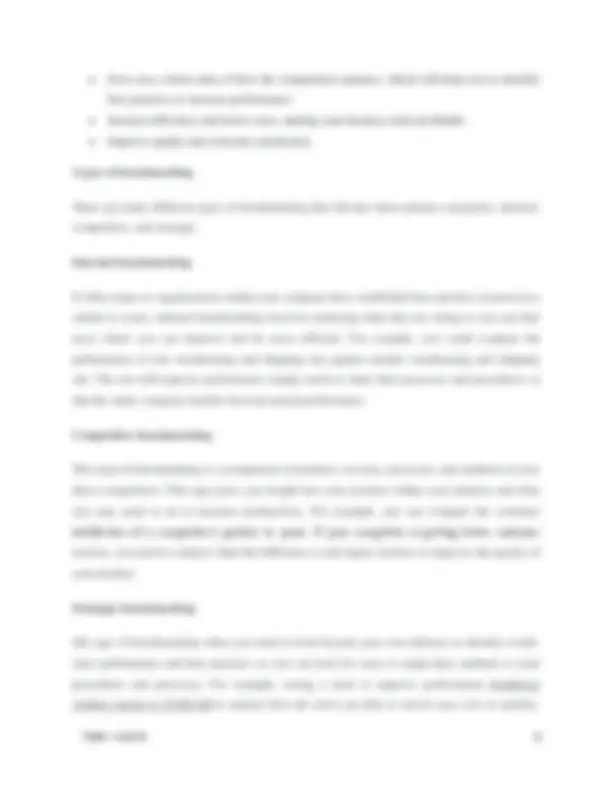
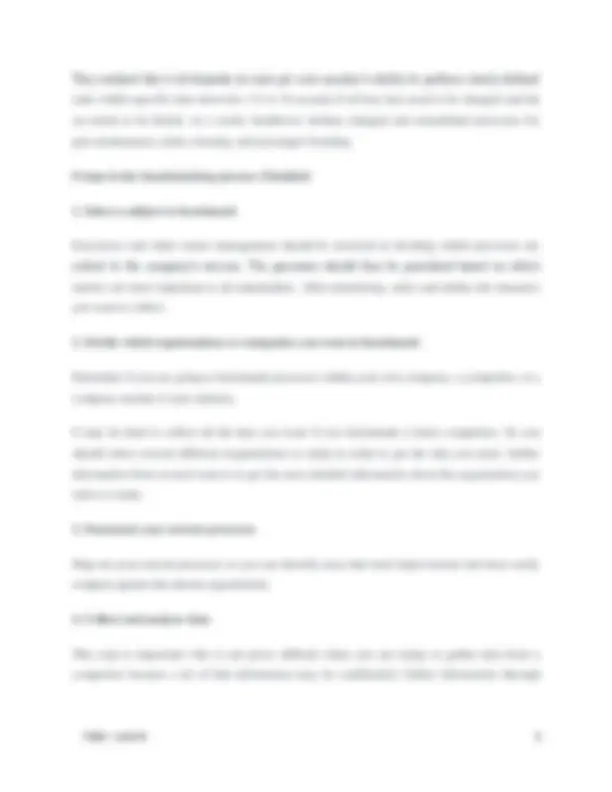
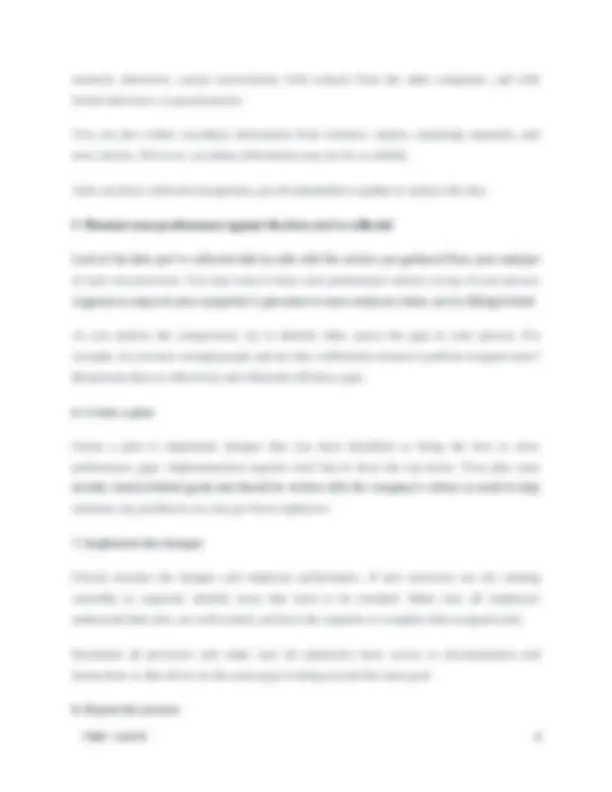
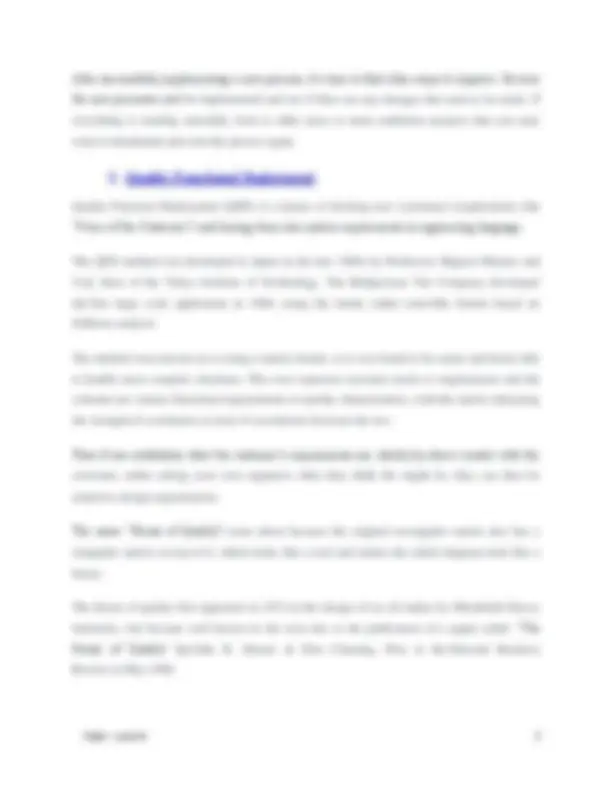
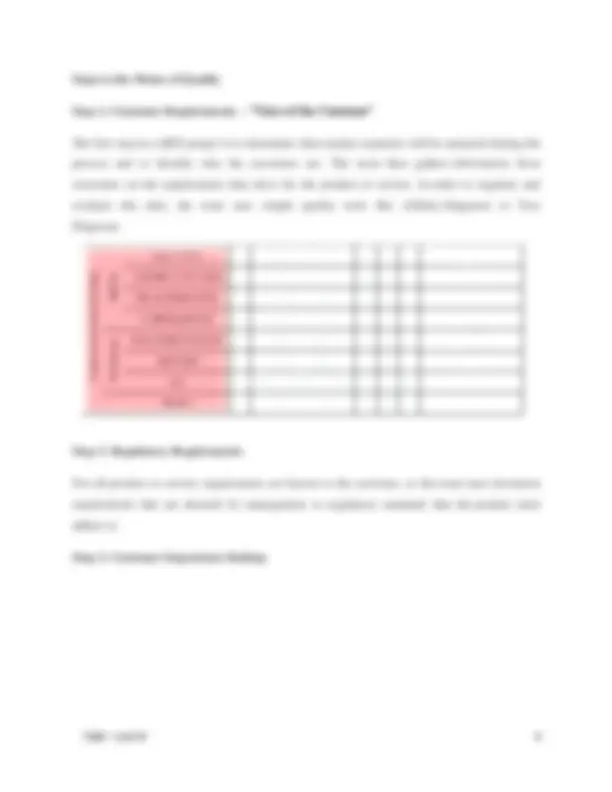
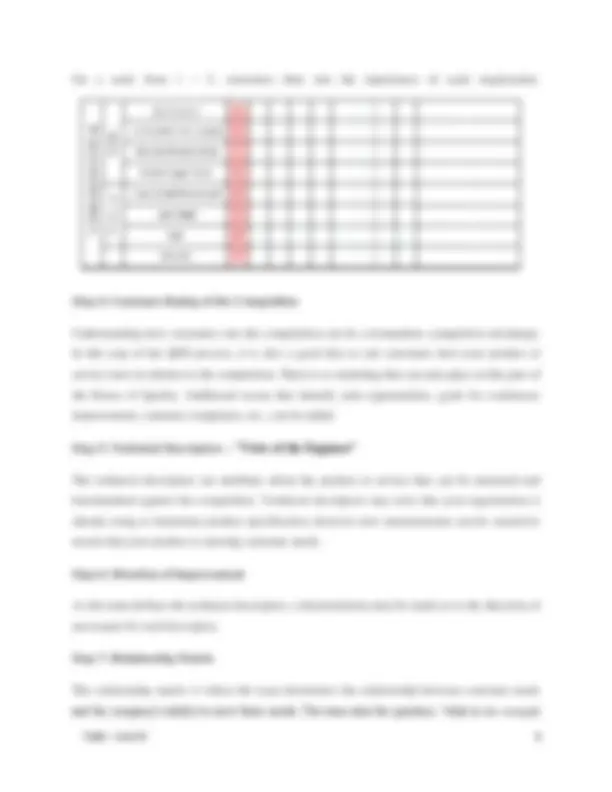
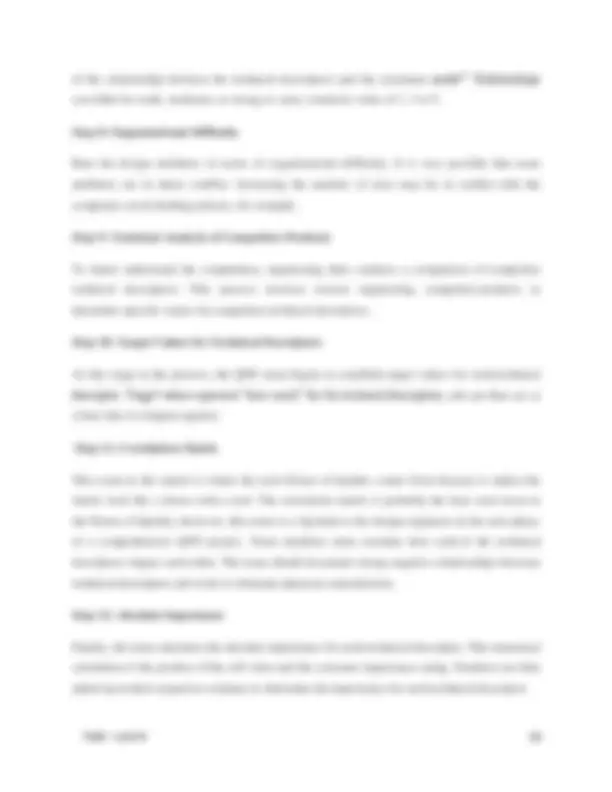
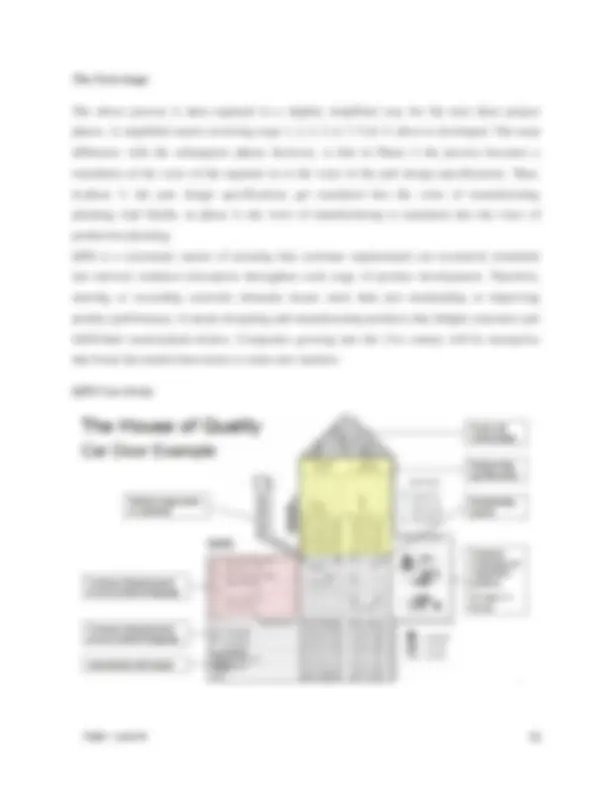
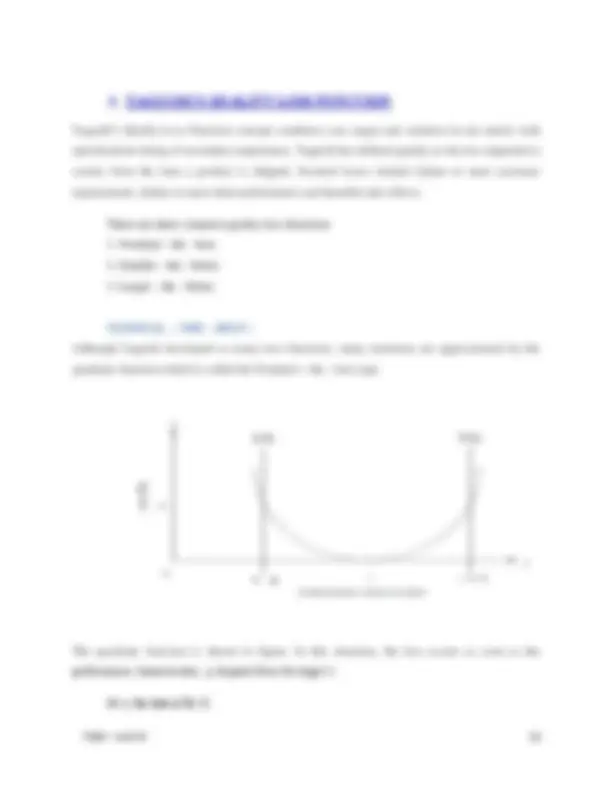
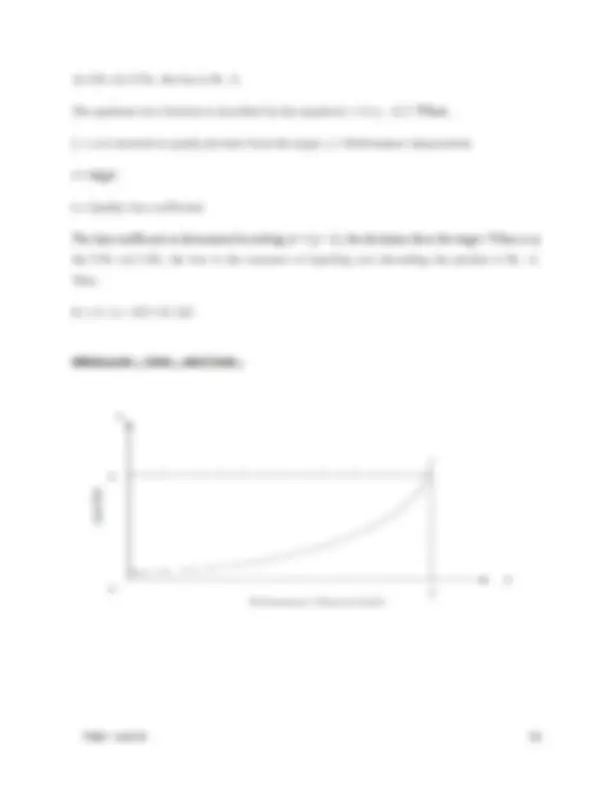
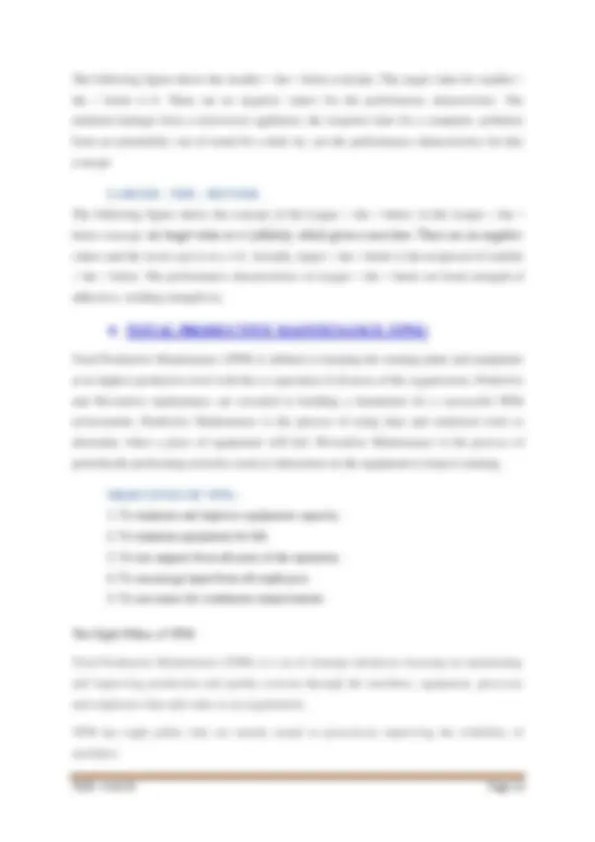
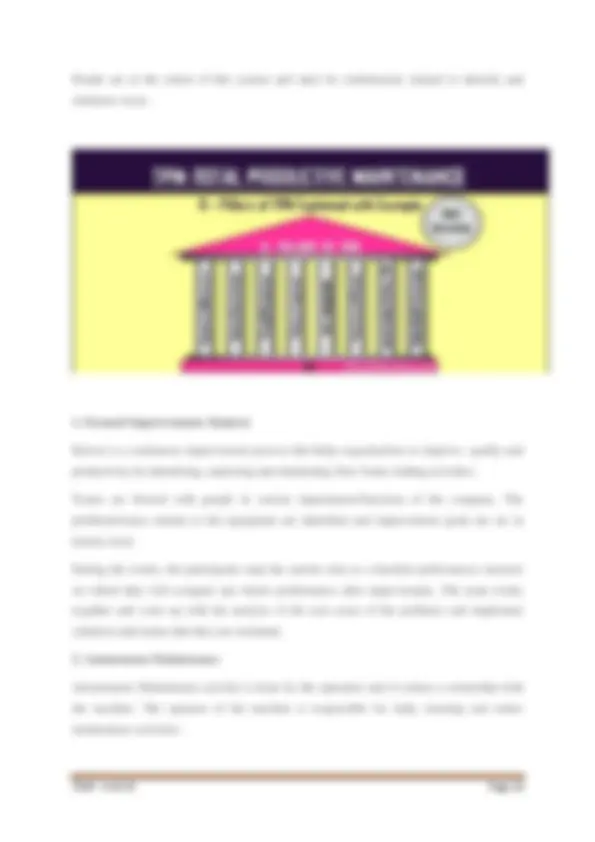
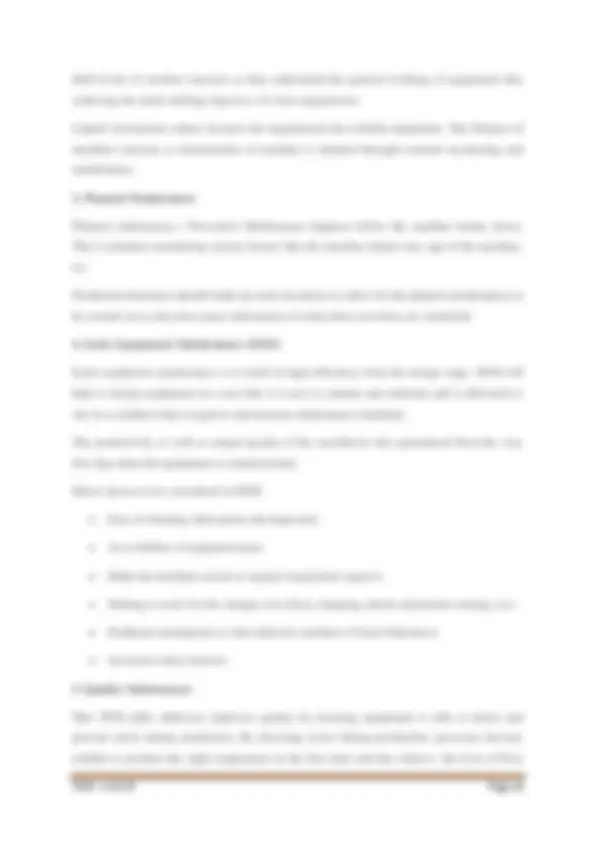
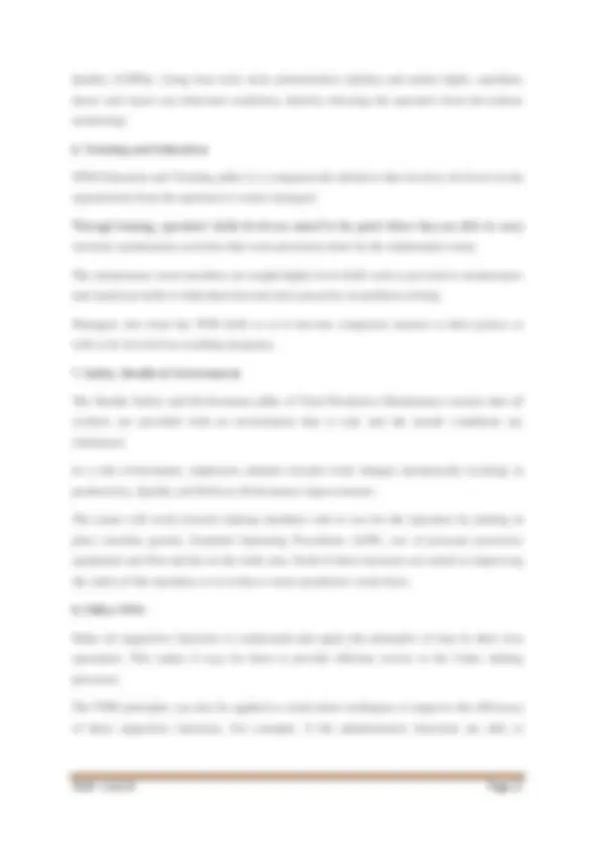
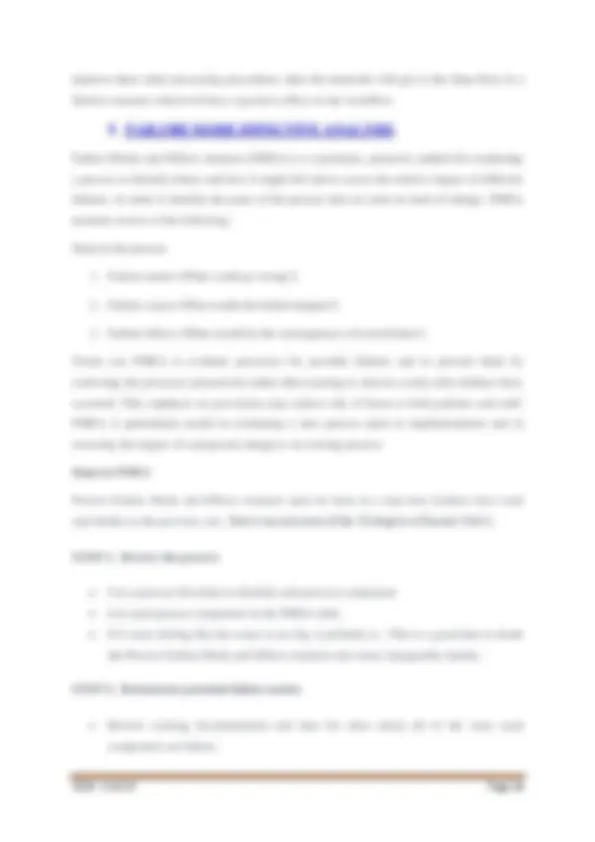
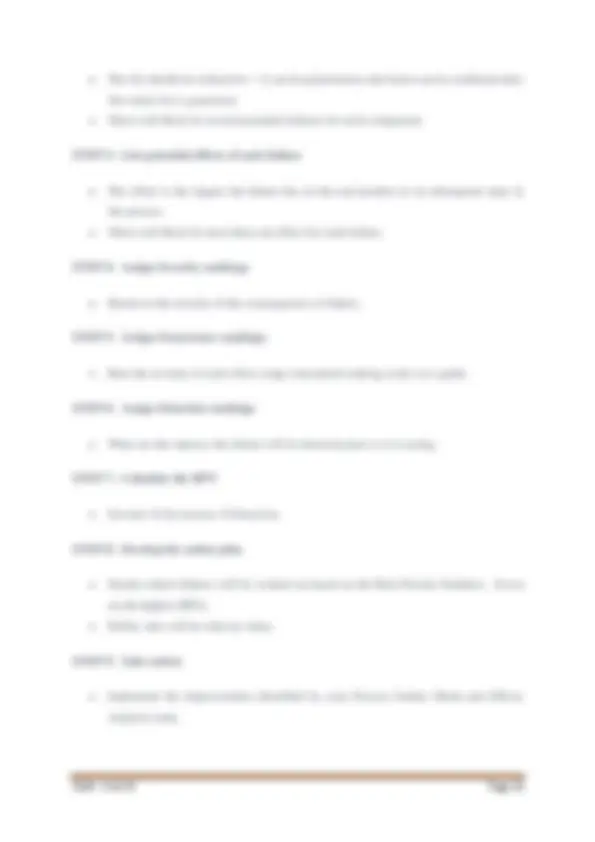
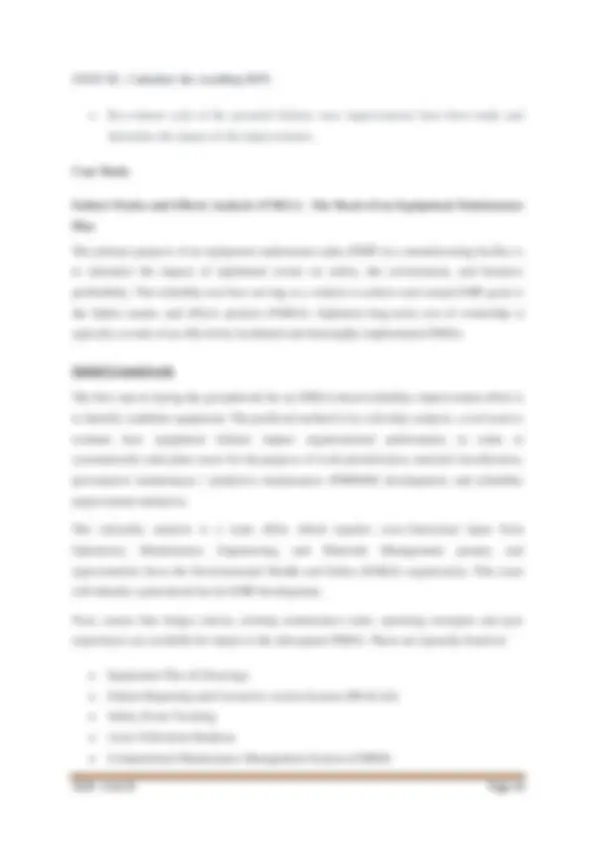
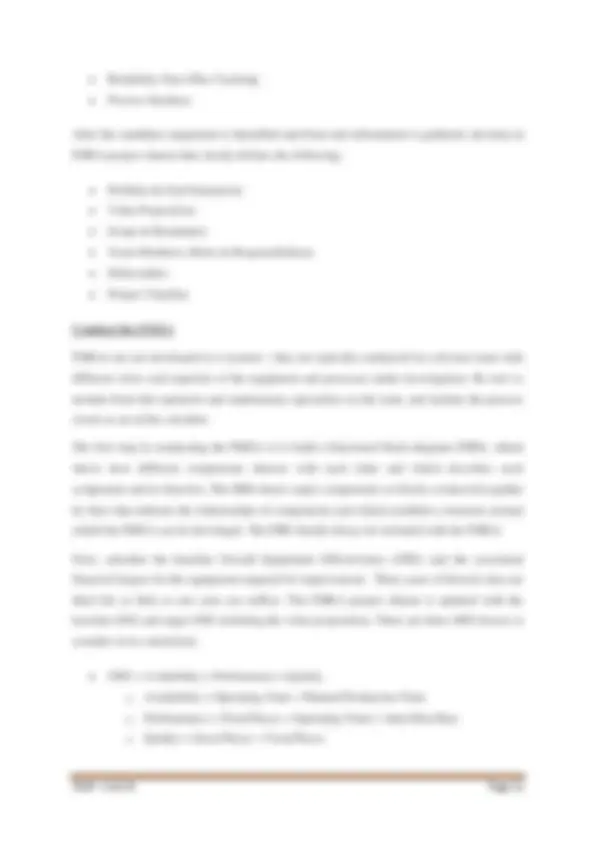
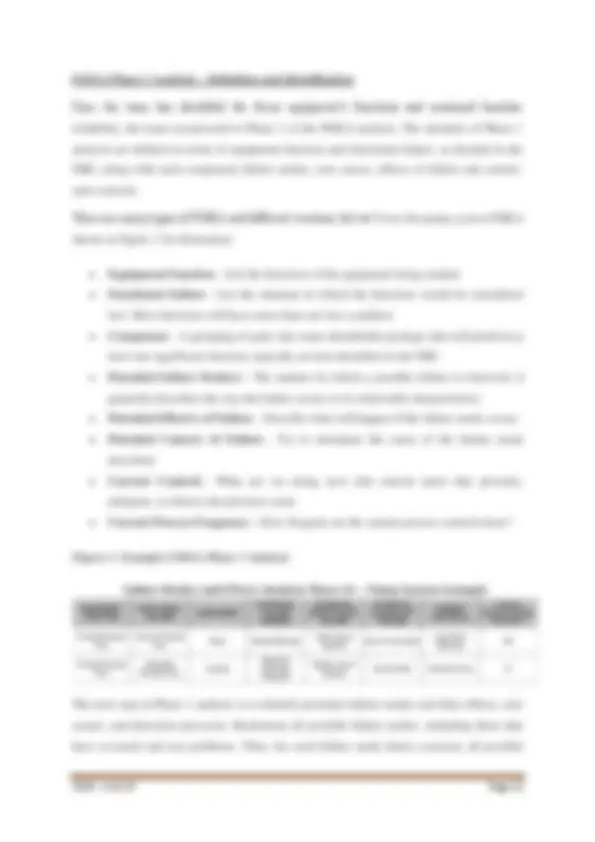
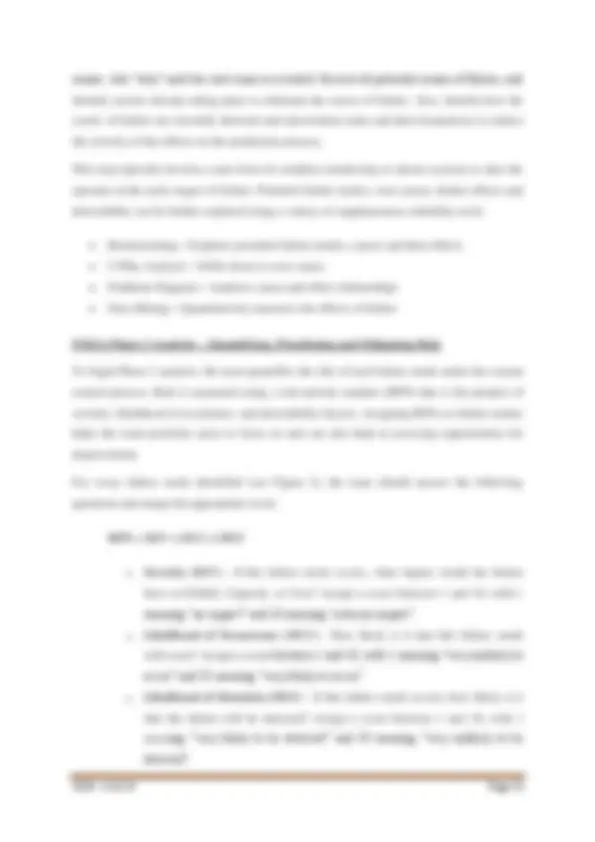
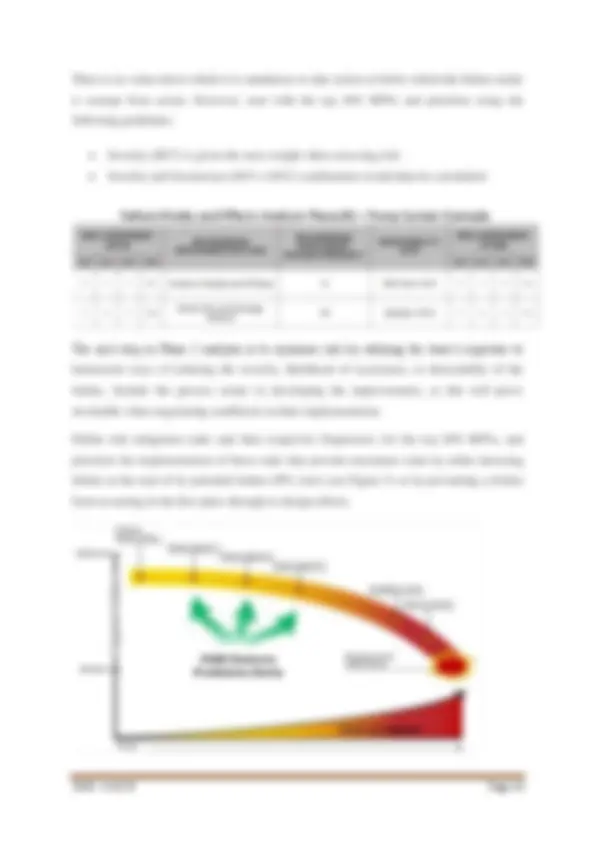
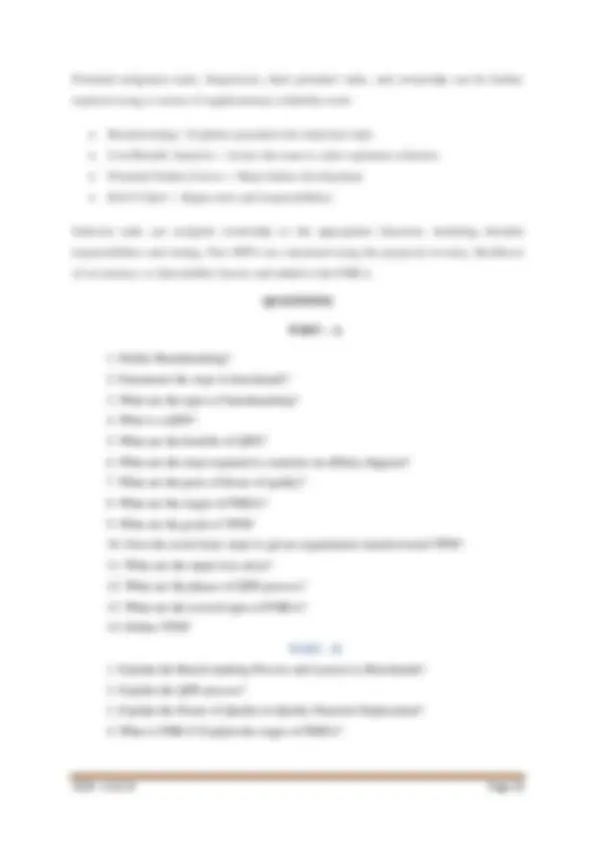
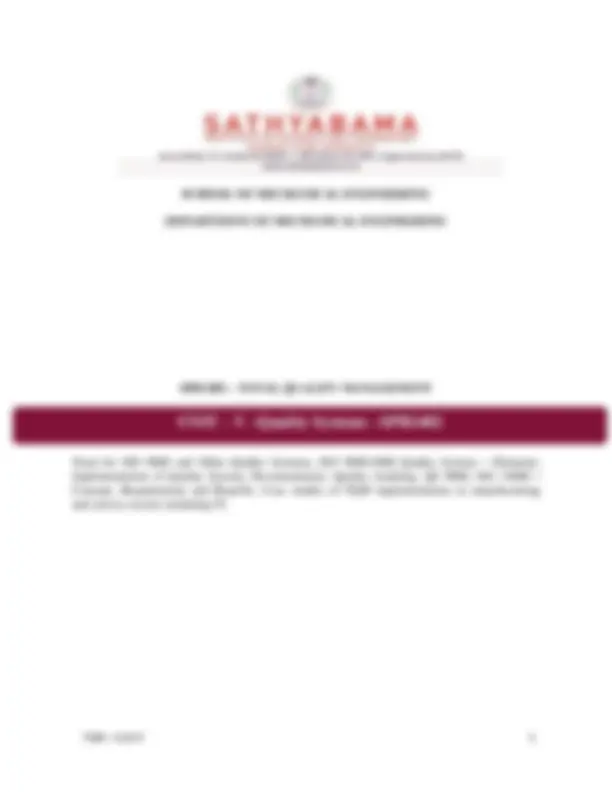
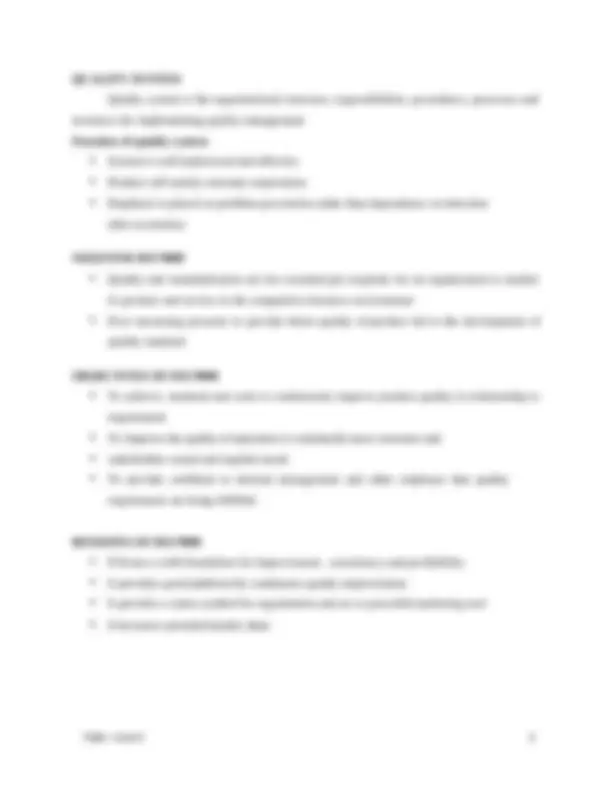
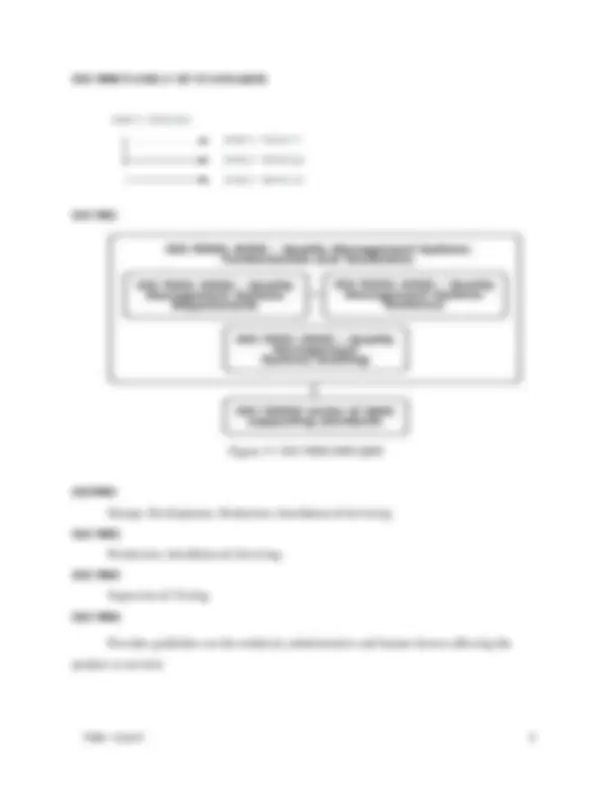
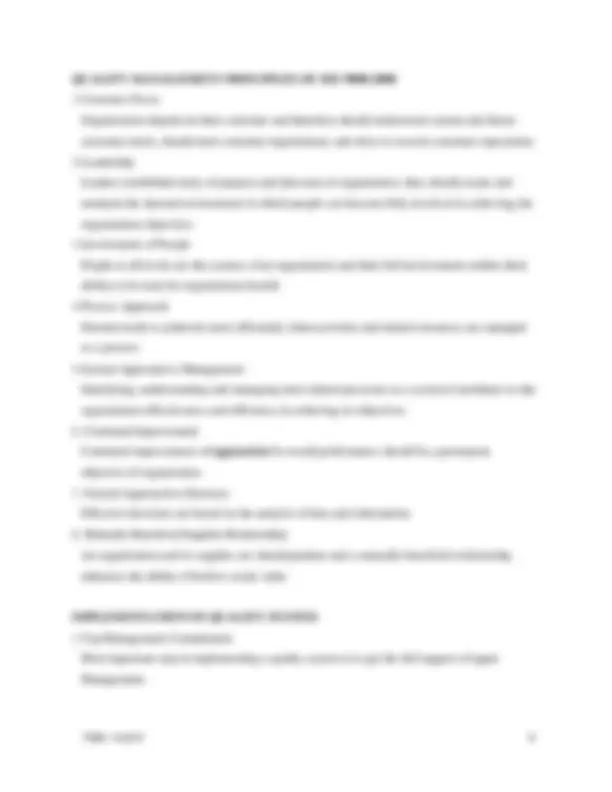
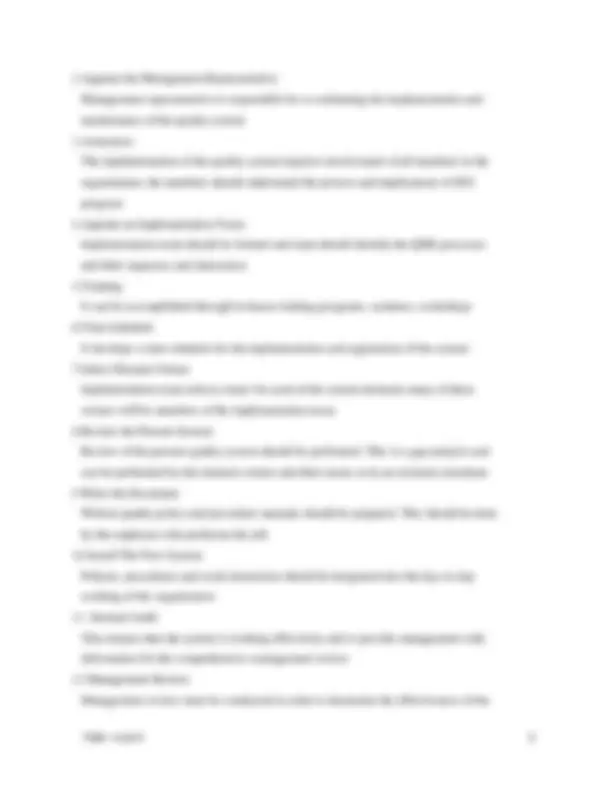
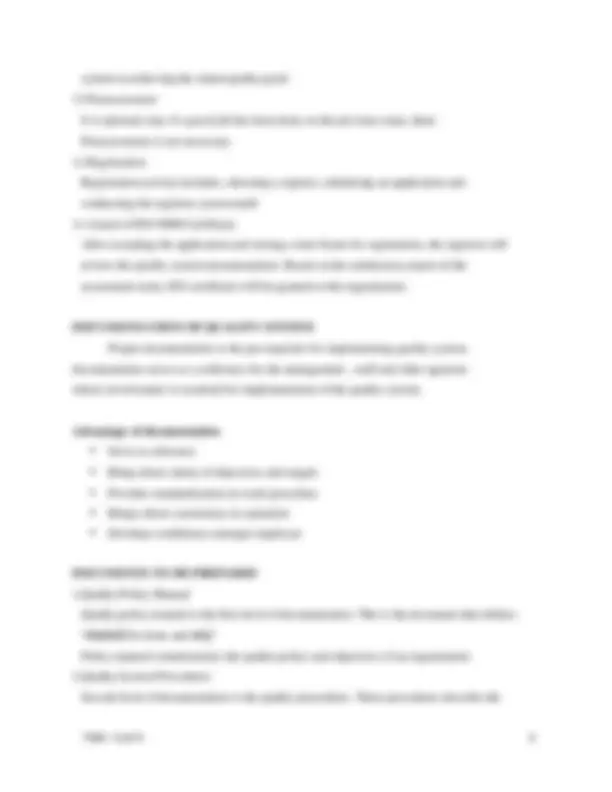
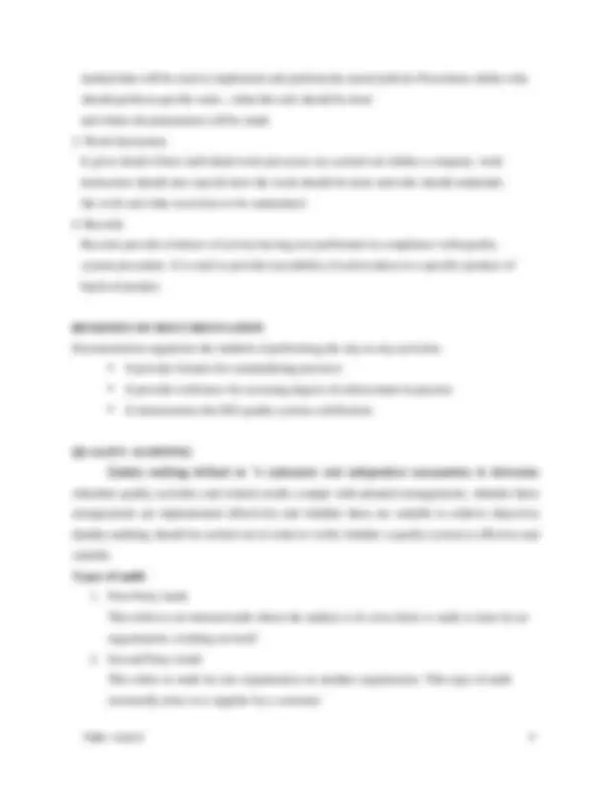


Study with the several resources on Docsity

Earn points by helping other students or get them with a premium plan


Prepare for your exams
Study with the several resources on Docsity

Earn points to download
Earn points by helping other students or get them with a premium plan
Community
Ask the community for help and clear up your study doubts
Discover the best universities in your country according to Docsity users
Free resources
Download our free guides on studying techniques, anxiety management strategies, and thesis advice from Docsity tutors
An introduction to total quality management (tqm), a business philosophy focused on continuous improvement and customer satisfaction. It covers key concepts like quality definition, dimensions of quality, quality planning, quality costs, and the historical development of tqm. The document also explores the principles of tqm, including leadership, employee involvement, and quality improvement processes. It highlights the importance of customer satisfaction, employee motivation, and continuous process improvement in achieving organizational excellence.
Typology: Lecture notes
1 / 106

This page cannot be seen from the preview
Don't miss anything!





























































































TQM – Unit I Page 1
Definition of quality – Dimensions of quality – Quality planning – Quality costs – Analysis techniques for quality costs – Basic concepts of total quality management – Historical review – Principles of TQM – Leadership – Concepts – Role of senior management – Quality council – Quality statements – Strategic planning – Deming philosophy – Barriers to TQM implementation
TQM – Unit I Page 2 Total Quality Management (TQM) is an enhancement to the traditional way of doing business. Total - Made up of the whole Quality - Degree of Excellence a Product or Service provides. Management - Art of handling, controlling, directing etc. TQM is the application of quantitative methods and human resources to improve all the processes within an organization and exceed customer needs now and in the future. DEFINING QUALITY: Quality can be quantified as follows Q=P/E Where Q = Quality P = Performance E = Expectation DIMENSIONS OF QUALITY: Dimension Meaning and Example Performance Primary product characteristics, such as the brightness of the picture Features Secondary characteristics, added features, such as remote control Conformance Meeting specifications or industry standards, workmanship Reliability Consistency of performance over time, average time of the unit to fail Durability Useful life, includes repair
TQM – Unit I Page 4
Quality costs are defined as those costs associated with the non- achievement of product/service quality as defined by the requirements established by the organization and its contracts with customers and society. Quality costs is a cost for poor product of service. ELEMENTS OF QUALITYCOST: Cost of prevention Cost of appraisal Cost of internal failures Cost of external failures. ANALYSIS OF QUALITY COSTS: Trend analysis Pareto analysis
1. PREVENTION COST Marketing /Customer / User. Product / Service / Design Development. Purchasing Operations (Manufacturing or Service) Quality Administration. 2. APPRAISAL COST Purchasing Appraisal Costs. Operations Appraisal Cost
External Appraisal Costs Review of Test and Inspection Data Miscellaneous Quality Evaluations
3. INTERNAL FAILURE COST Product or Service Design Failure Costs (Internal) Purchasing Failure Costs Operations (Product or Service) Failure Costs
Complaint Investigations of Customer or User Service Returned Goods Retrofit and Recall Costs Warranty Claims Liability Costs Penalties Customer or User Good will Lost Sales ANALYSIS TECHNIQUES OF QUALITY COST The purpose of quality cost analysis is to determine the cost of maintaining a certain level of quality. Such activity is necessary to provide feedback to management on the performance of quality assurance and to assist management in identifying opportunities.
Trend Analysis is one where Time-to-Time comparisons can be made which illustrates Figure1. 1 Trend Analysis - Watches PARETO ANALYSIS: Joseph Juran observed that most of the quality problems are generally created by only a few causes. For example, 80% of all internal failures are due to one (or) two manufacturing problems. Identifying these “vital few” and ignoring the “trivial many” will make the corrective action give a high return for a low money input.
Figure 1. 2. Pareto Diagram BASIC CONCEPTS OF TOTAL QUALITY MANGEMENT: Top Management commitment to quality in all aspects Customers focus of the organisation Process focus and improvement Measurement of Performance Employee involvement and empowerment Continuous Improvement Bench Marking Teams Supplier Teaming Training of employees Inventory management Communication Quality cost
SHEWHART - Control chart theory PDCA Cycle DEMING - Statistical Process Control JURAN - Concepts of SHEWHART Return on Investment ( ROI ) FEIGANBAUM
ISHIKAWA (^) - Cause and Effect Diagram Quality Circle concept CROSBY - “Quality is Free” Conformance to requirements TAGUCHI - Loss Function concept Design of Experiments OBSTACLES IN IMPLEMENTING TQM : Lack of Management Commitment Inability to change organizational culture Improper Planning Lack of continuous training and education Incompatible organizational structure and isolated individuals and departments Ineffective measurement techniques and lack of access to data and results. Paying inadequate attention to internal and external customers Inadequate use of empowerment and teamwork Failure to continually improve BENEFITS OF TQM: Improved quality Employee participation Team work Working relationship Customer satisfaction Employee satisfaction Productivity Communication
It describes the function of the organization. It provides a clear statement of purpose for employees, customers and suppliers A simpler mission statement is To meet customers transportation and distribution needs by being the best at moving their goods on time, safely and damage free QUALITY POLICY STATEMENT: It is guide for everyone in the organization as to how they should provide products and services to the customers. Common characteristics are Quality is first among equals Meet the needs of the internal & external customers Equal or exceed competition Continuously improve the quality Utilize the entire workforce STRATEGIC QUALITY PLANNING Goals – Long term planning (Eg: in the war) Objectives – Short term planning (Eg: Capture the bridge) Goals should Improve customer satisfaction, employee satisfaction and process Be based on statistical evidence Be measurable Have a plan or method for its achievement Have a time frame for achieving the goal Finally, it should be challenging yet achievable SEVEN STEPS TO STRATEGIC QUALITY PLANNING: Customer needs Customer positioning Predict the future Gap analysis
Closing the gap Alignment Implementation TQM IMPLEMENTATION: Begins with Management Commitment Leadership is essential during every phase of the implementation process and particularly at the start Senior Management should develop an implementation plan. Timing of the implementation process is very important
TQM – Unit II Page 1
Customer satisfaction – Customer perception of quality – Customer complaints – Service quality – Customer retention – Employee involvement – Motivation, empowerment, teams, recognition and reward – Performance appraisal – Benefits – Continuous process improvement – Juran trilogy – PDSA cycle – 5S – Kaizen – Supplier partnership – Partnering